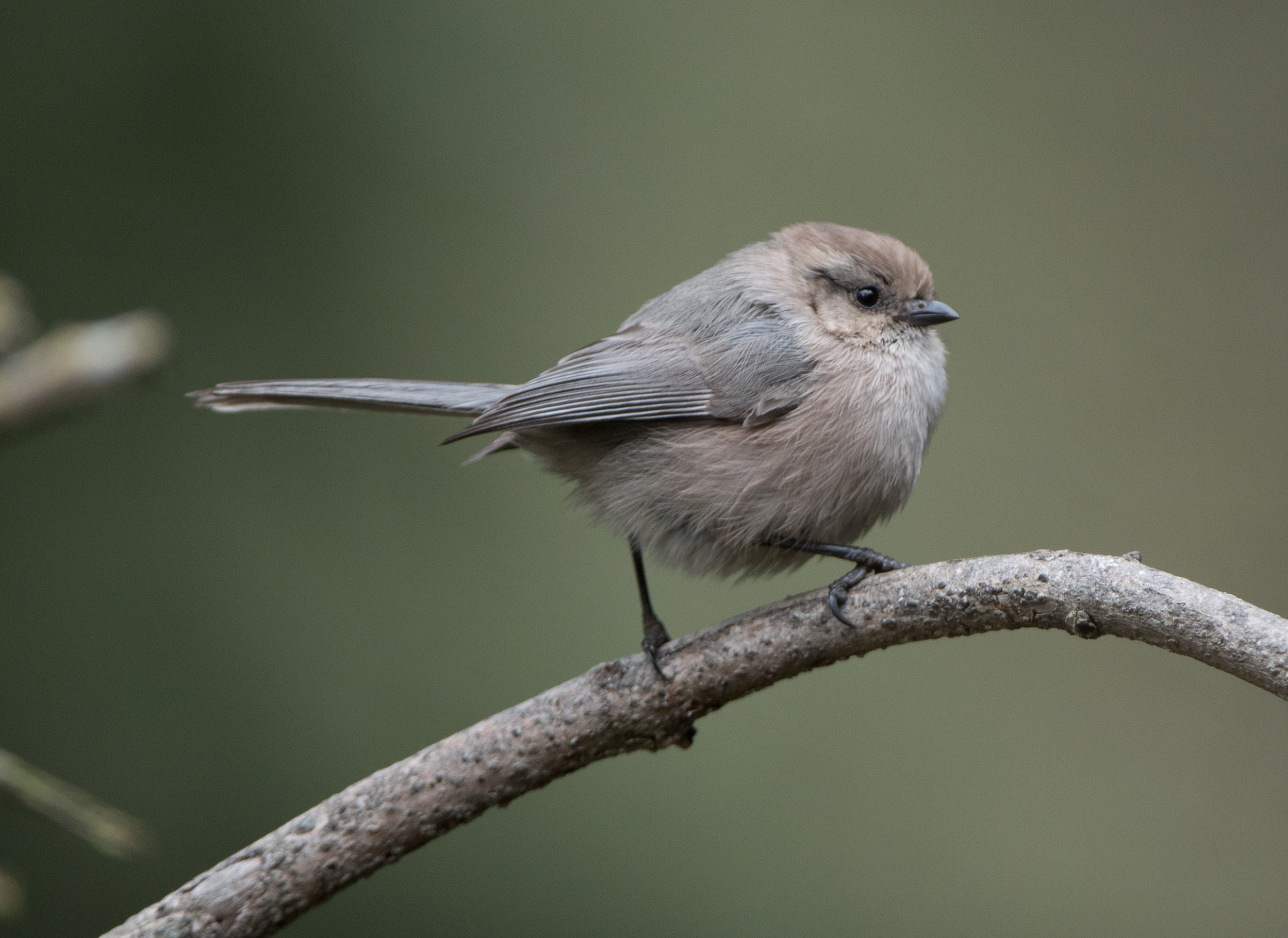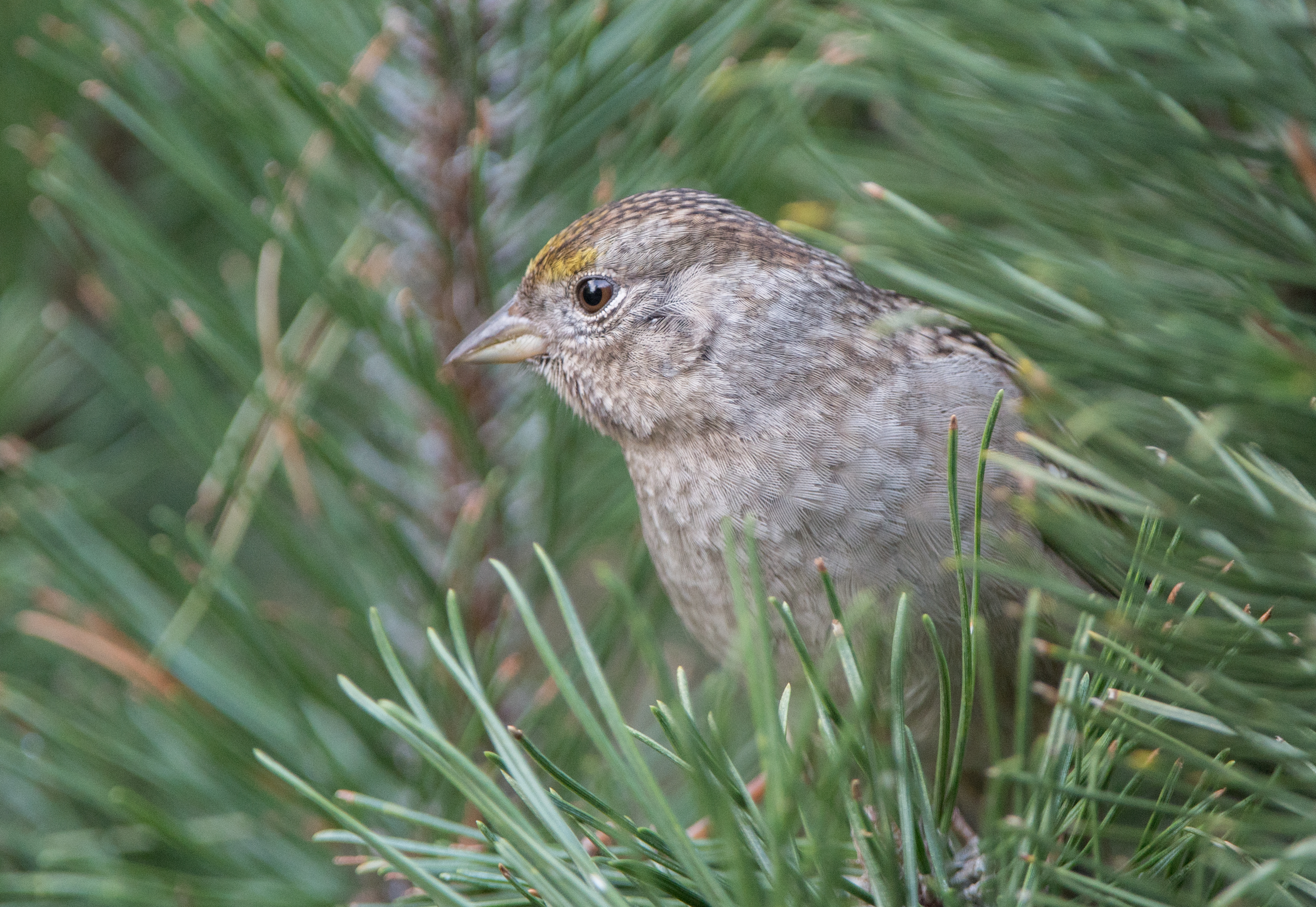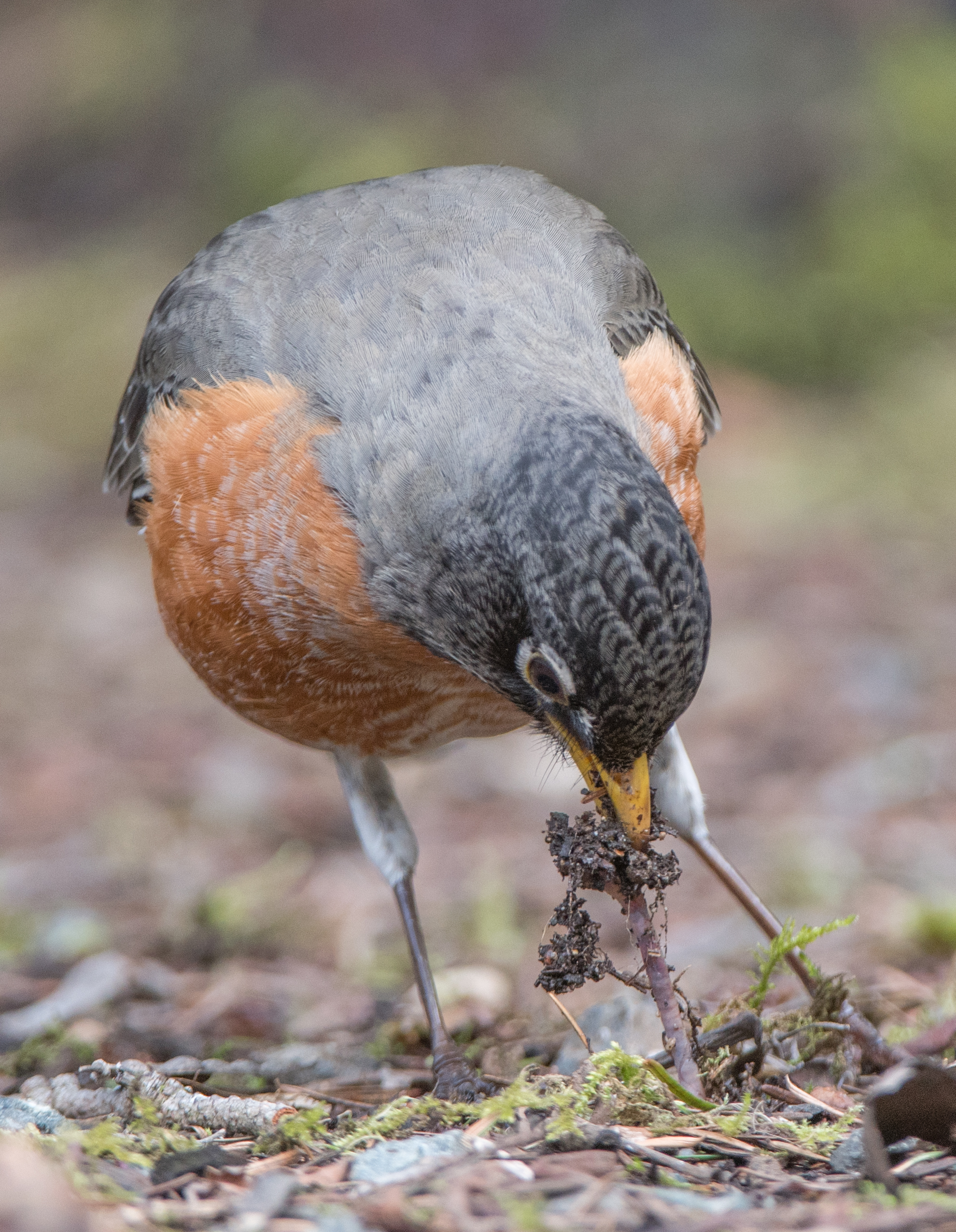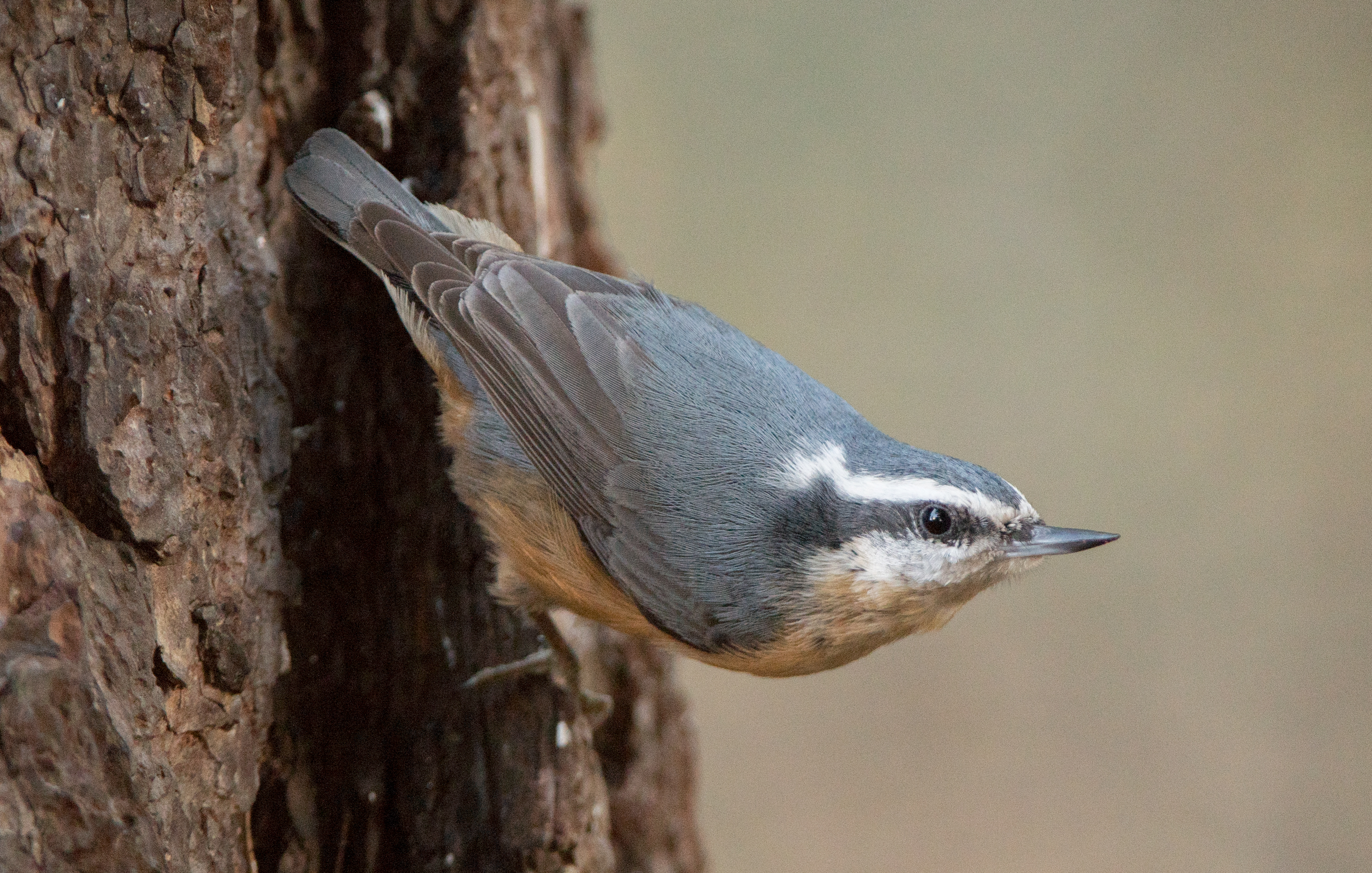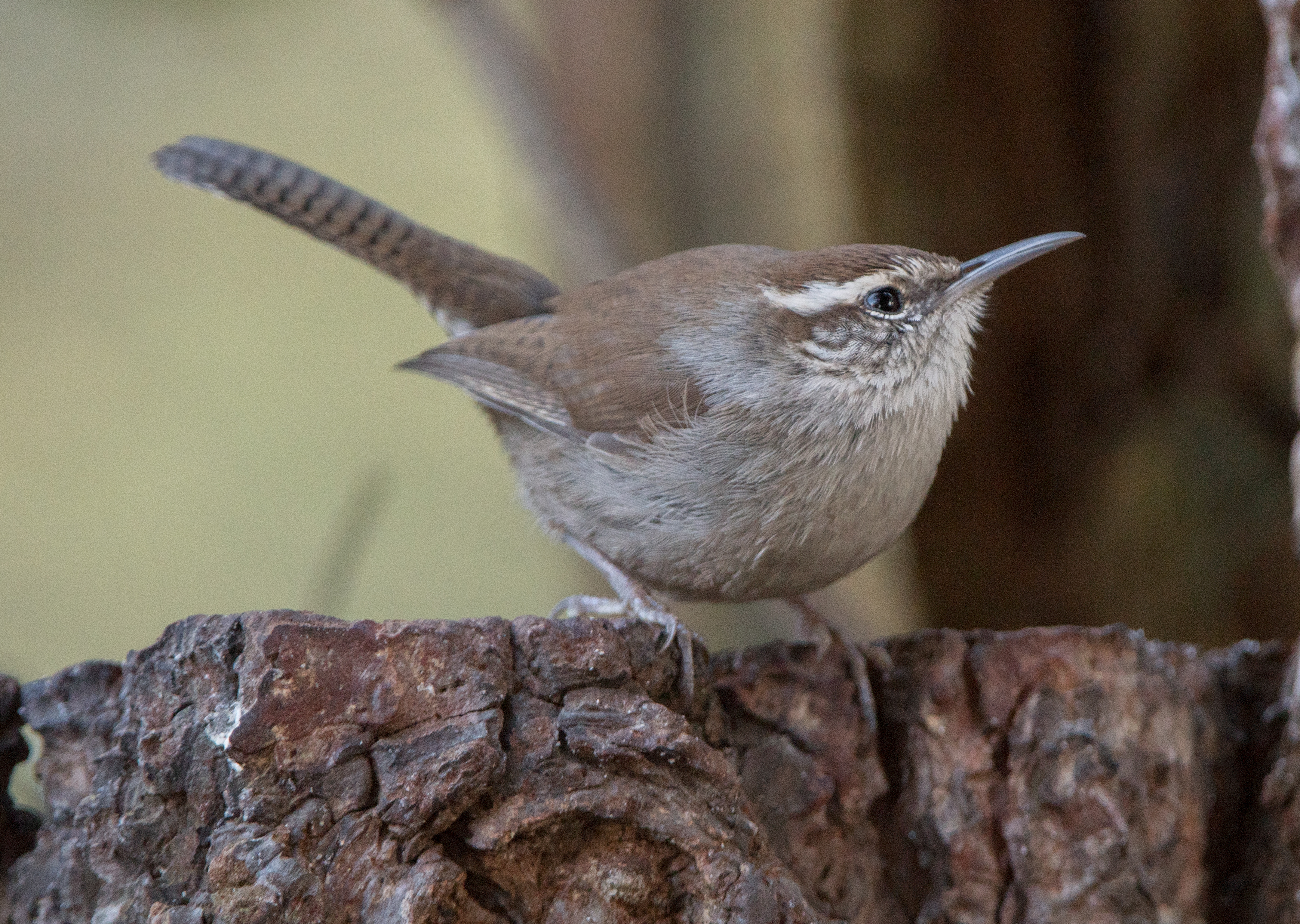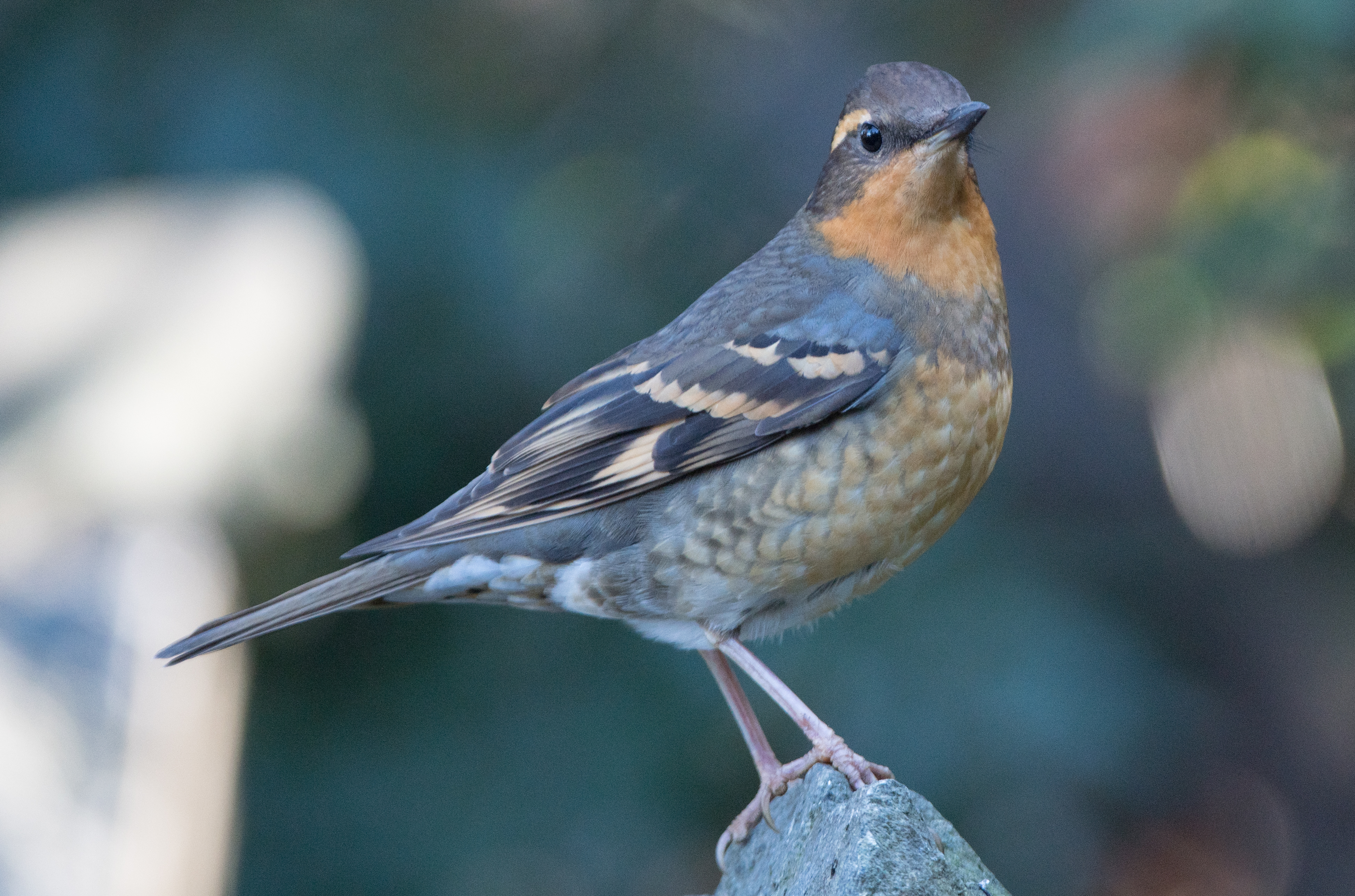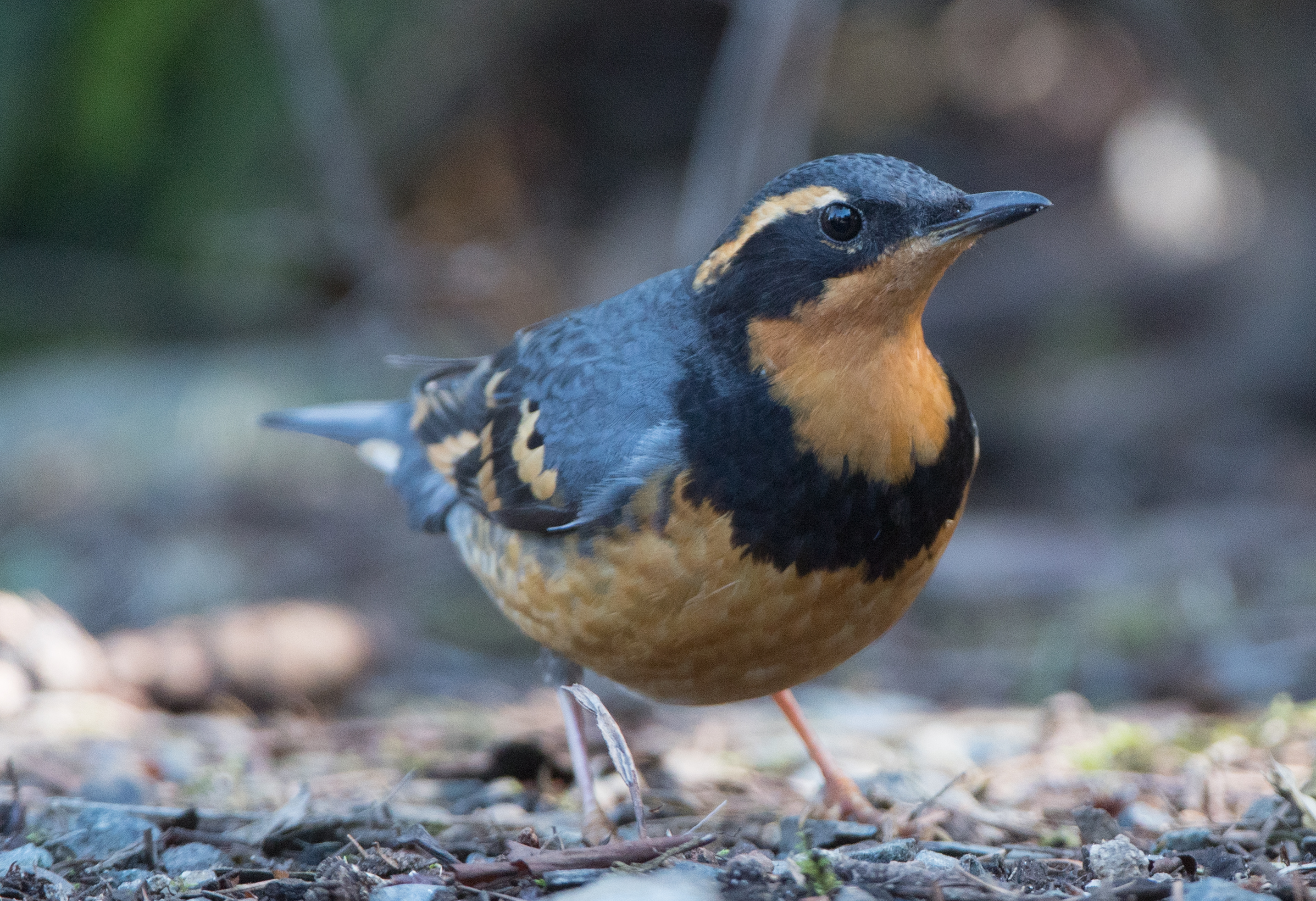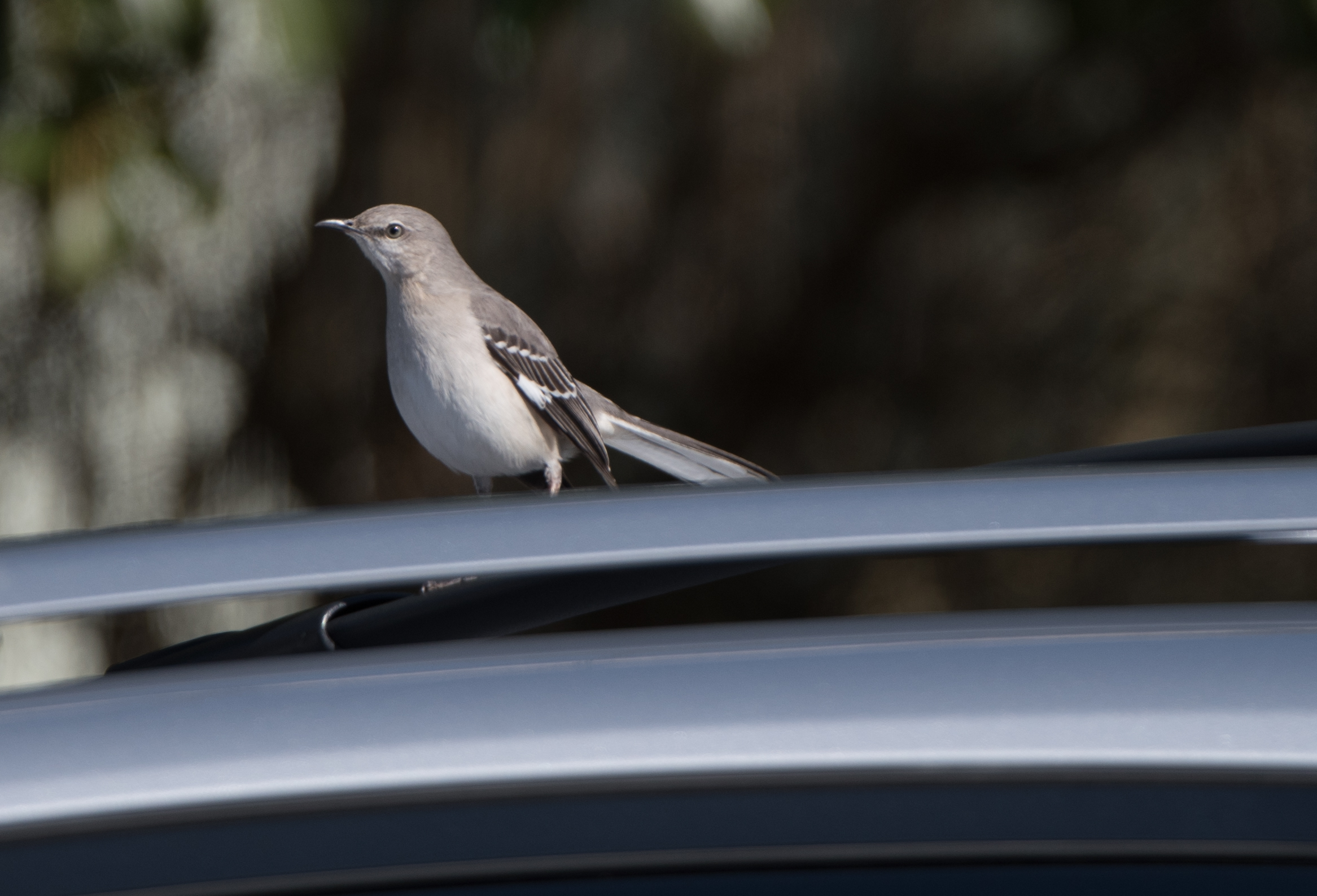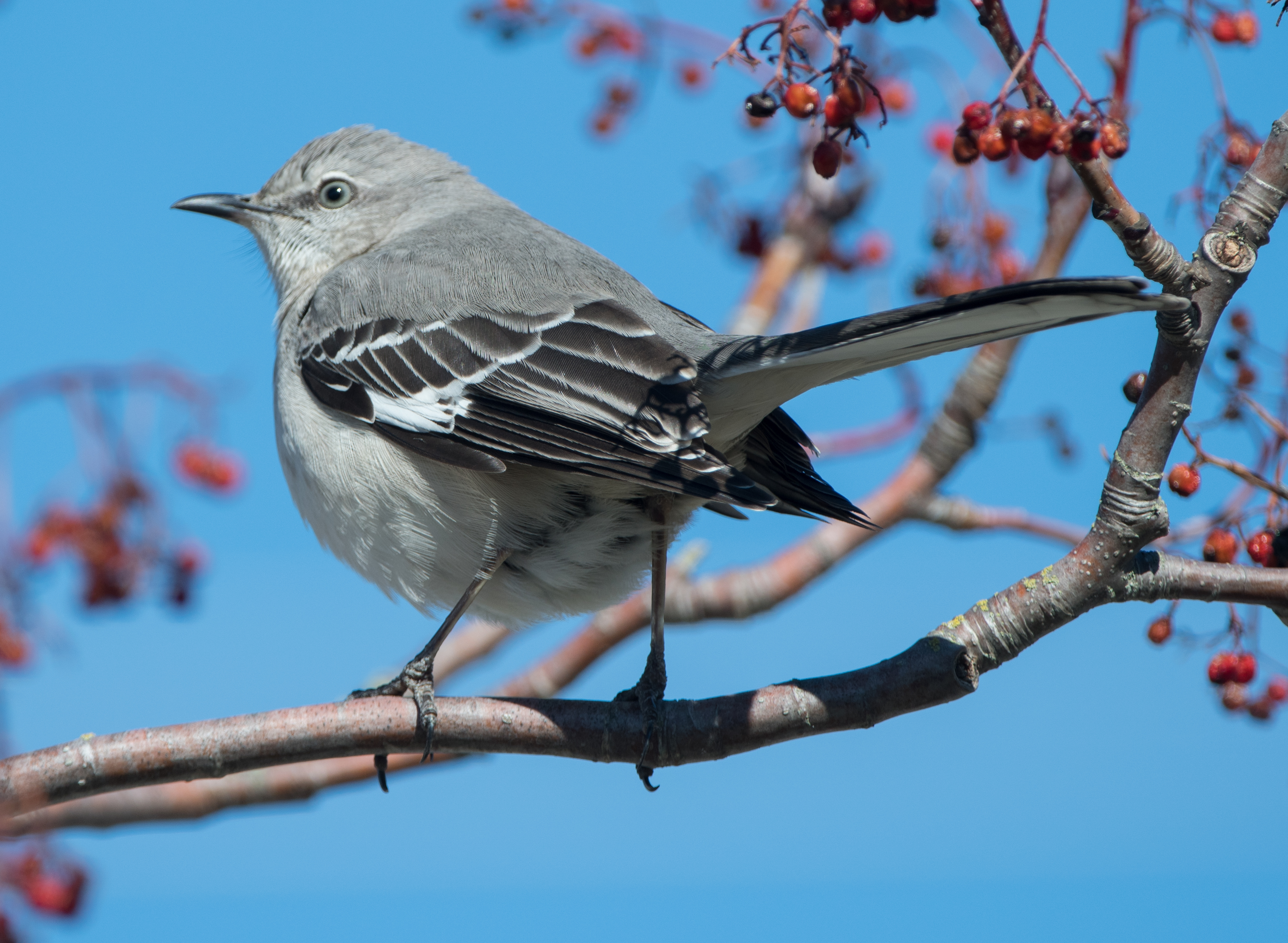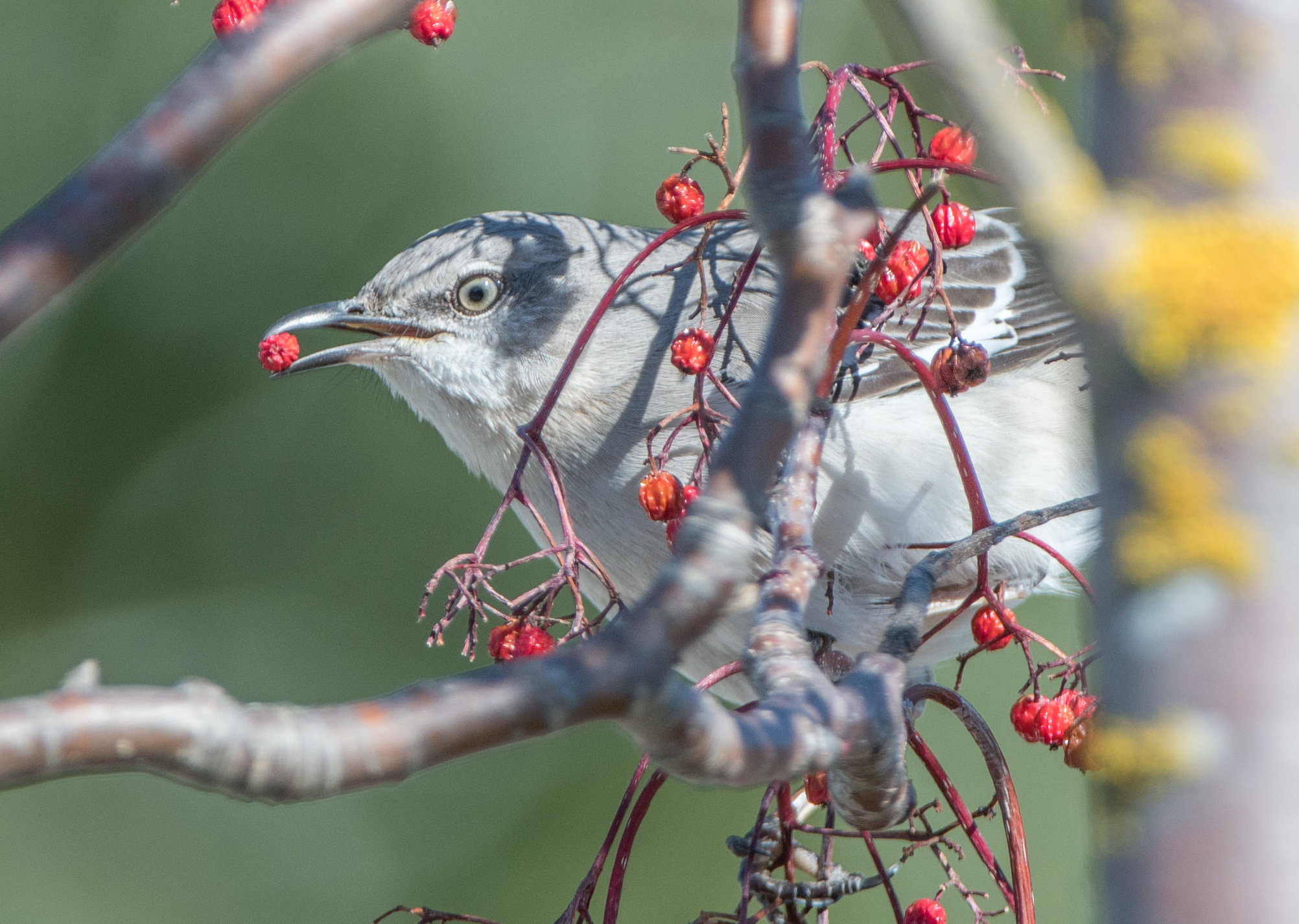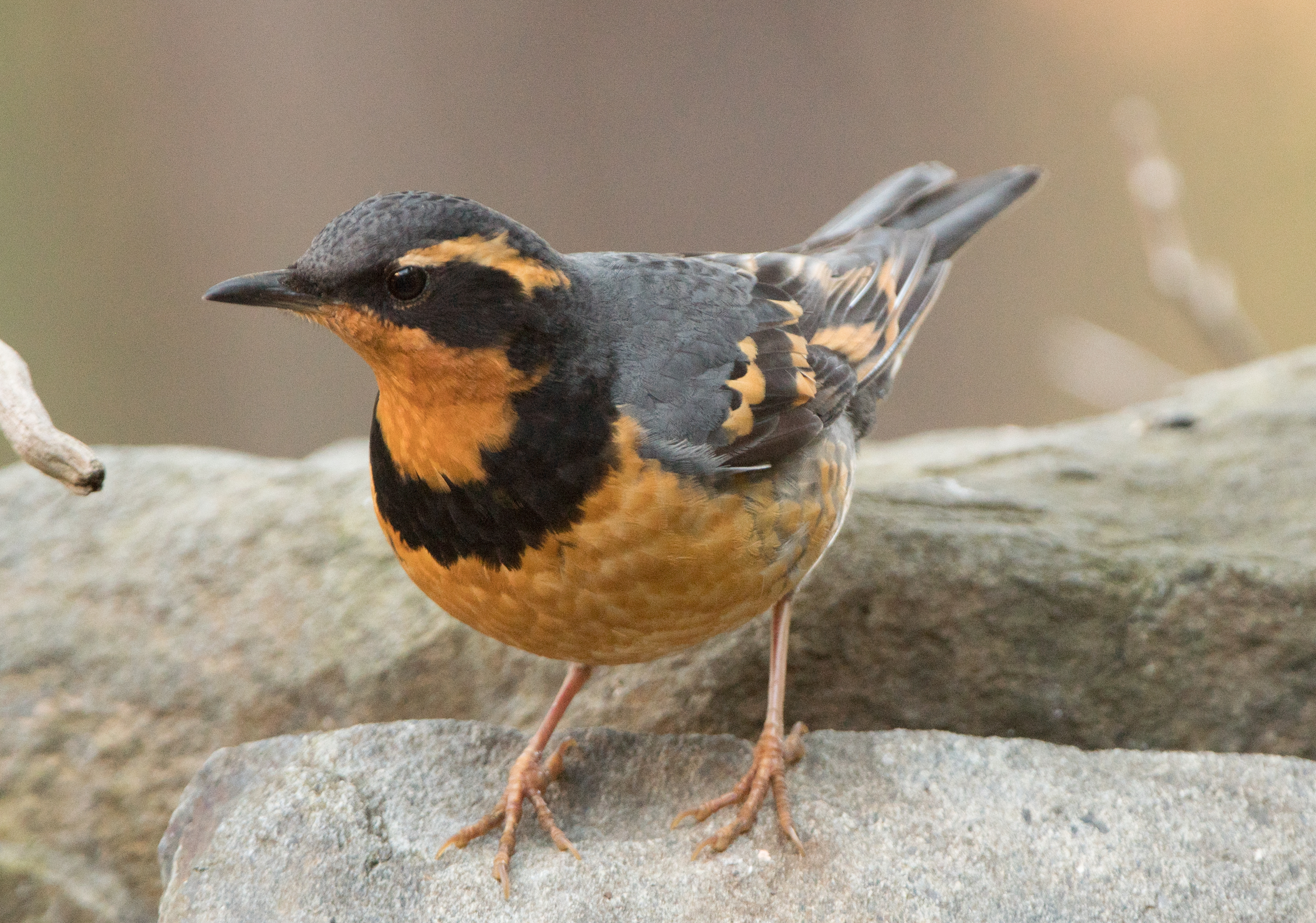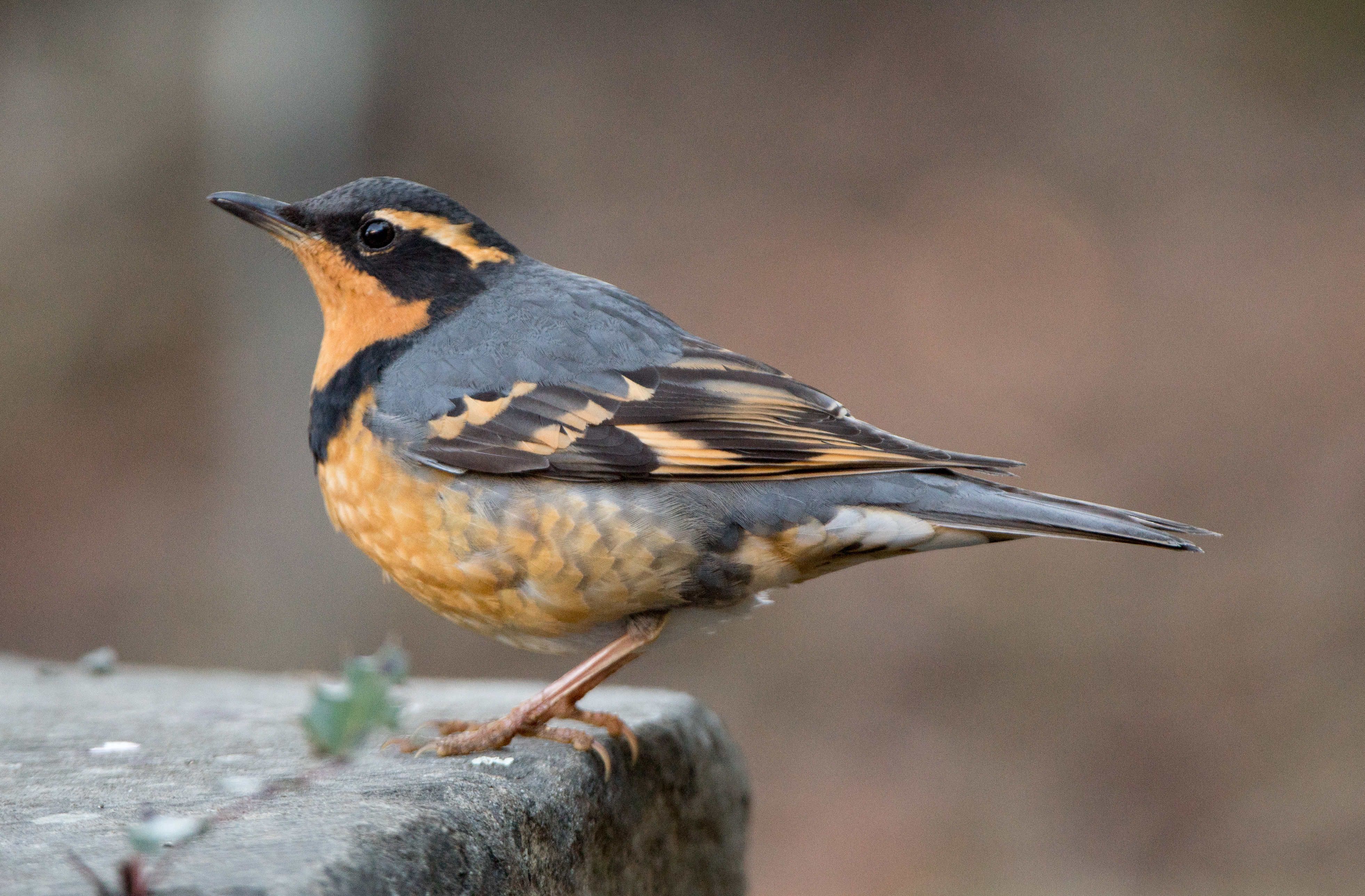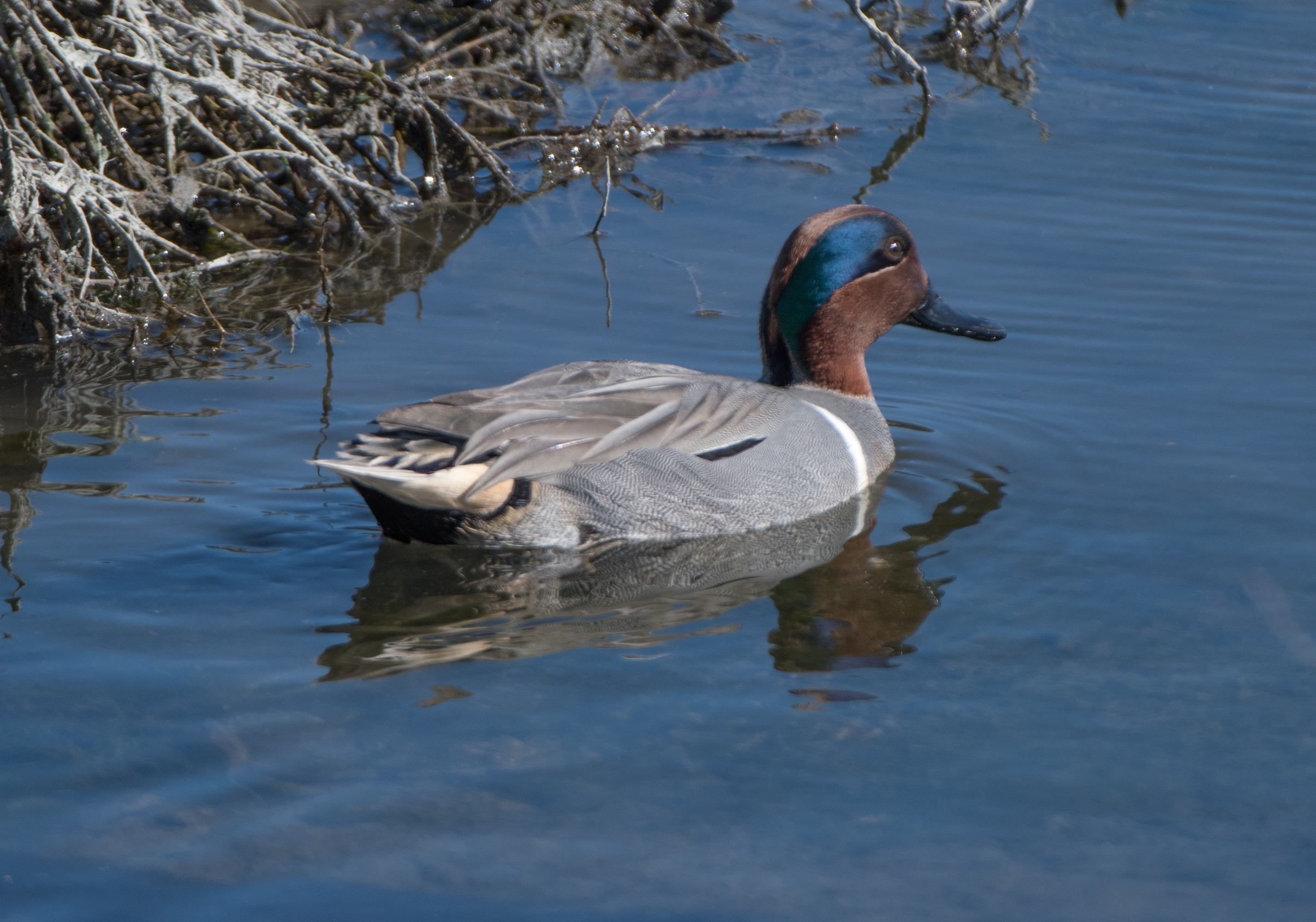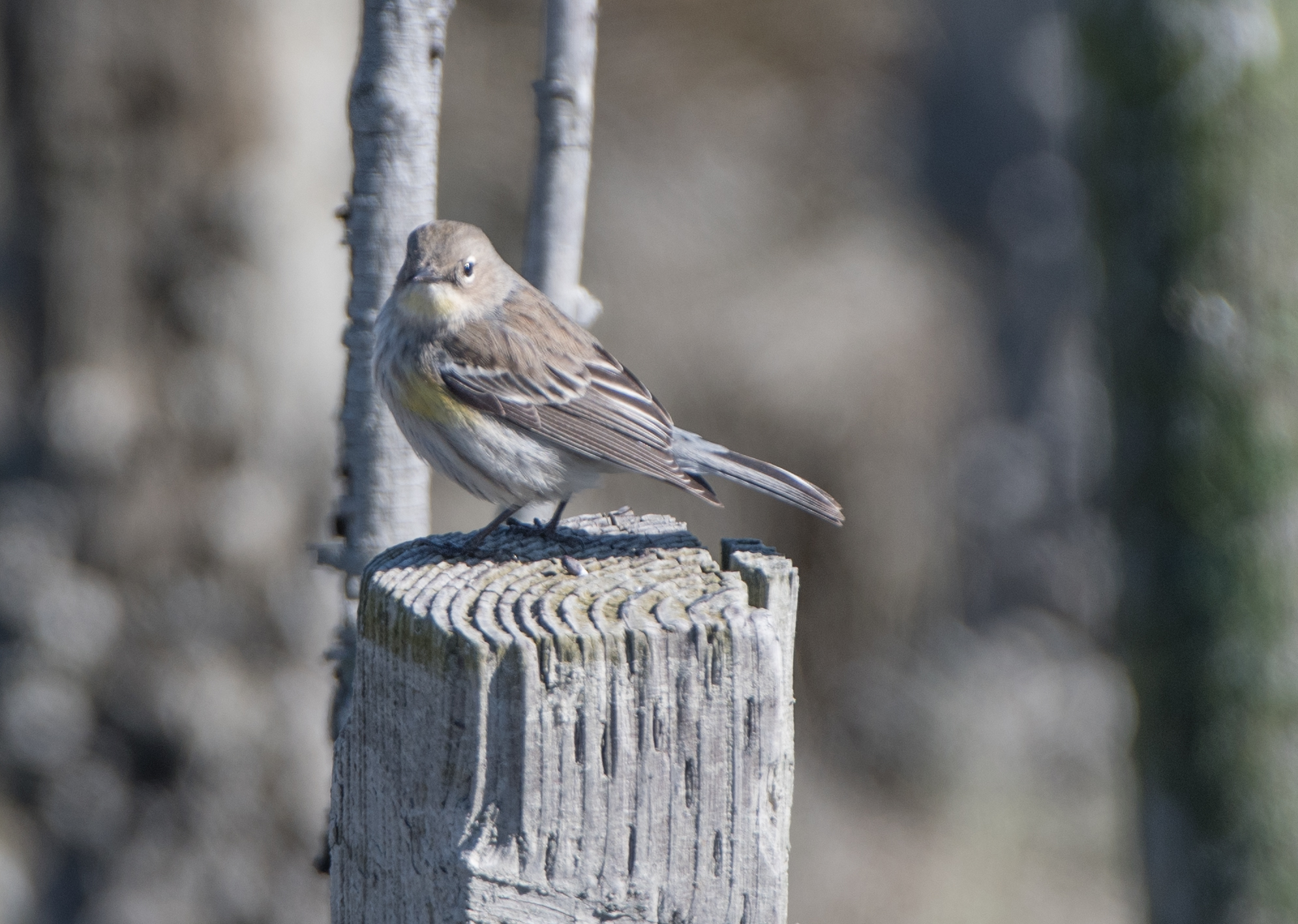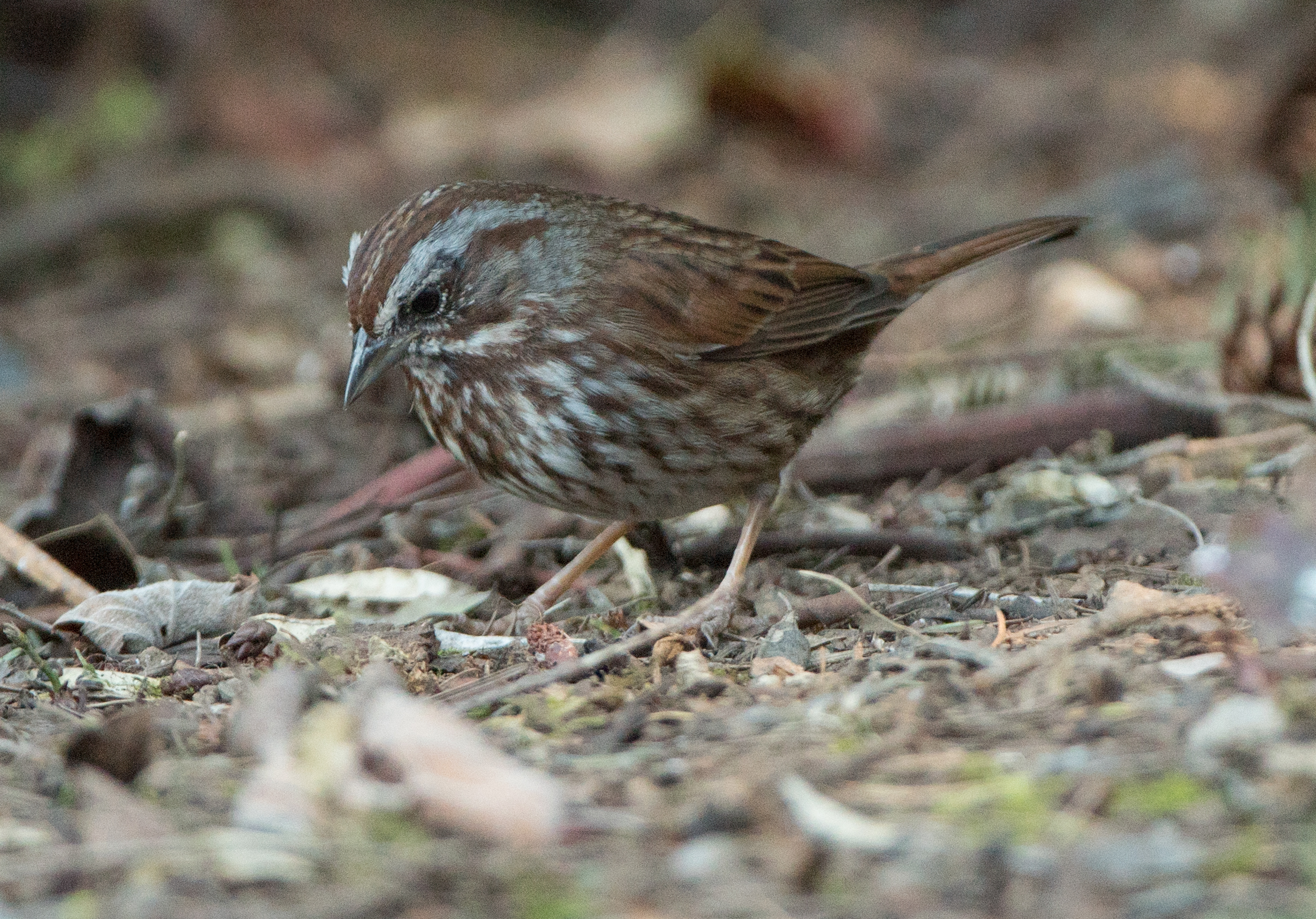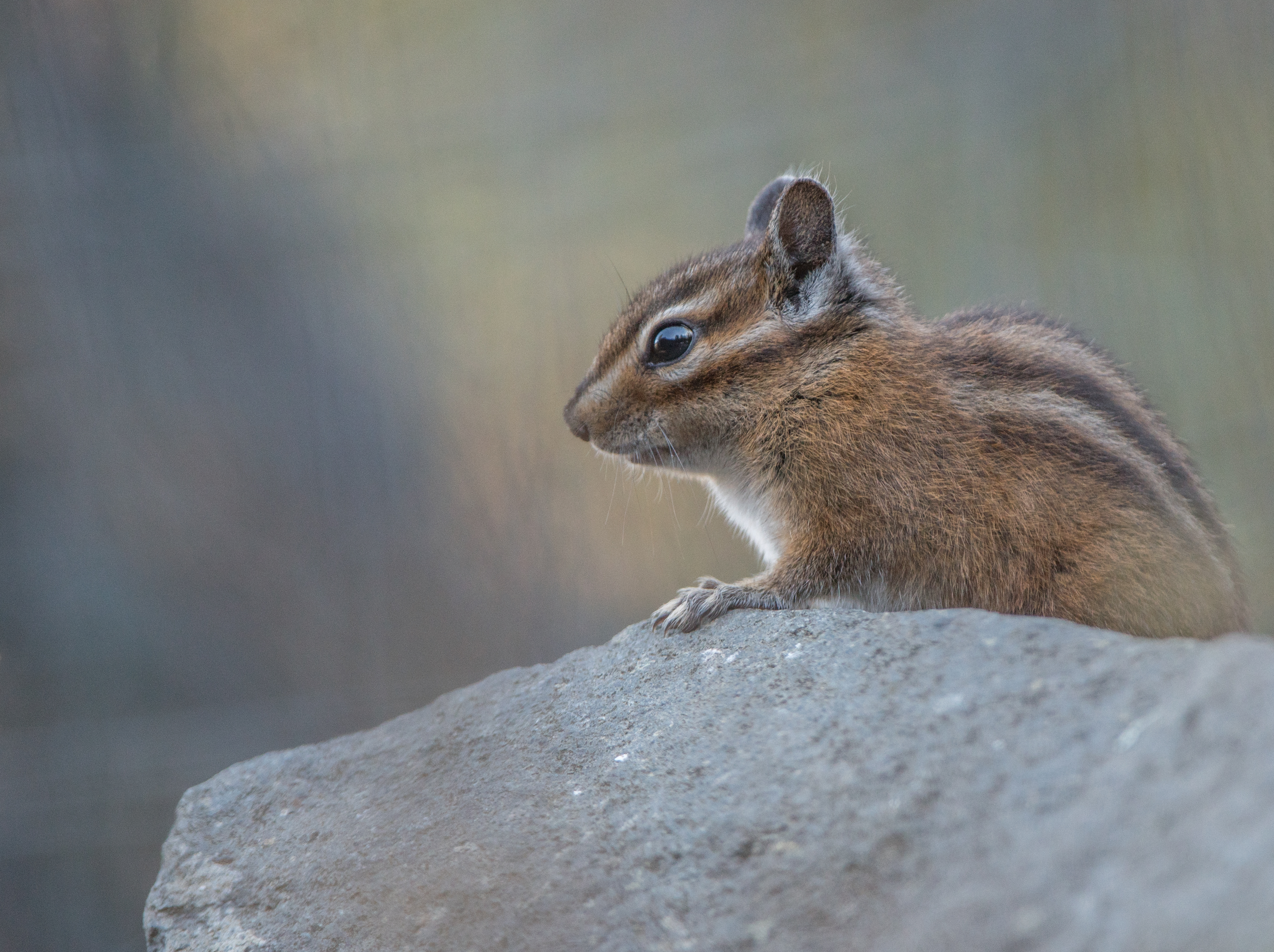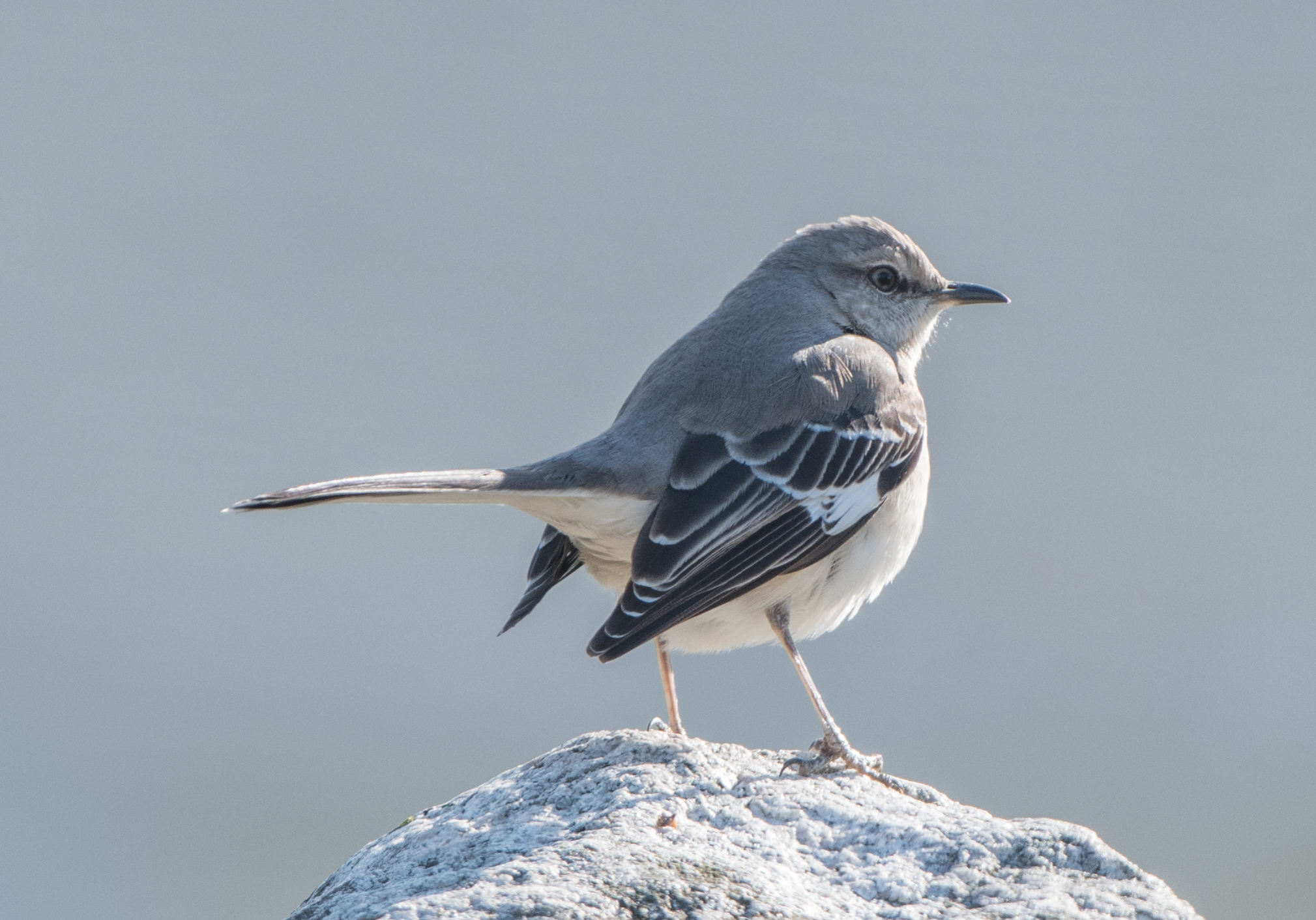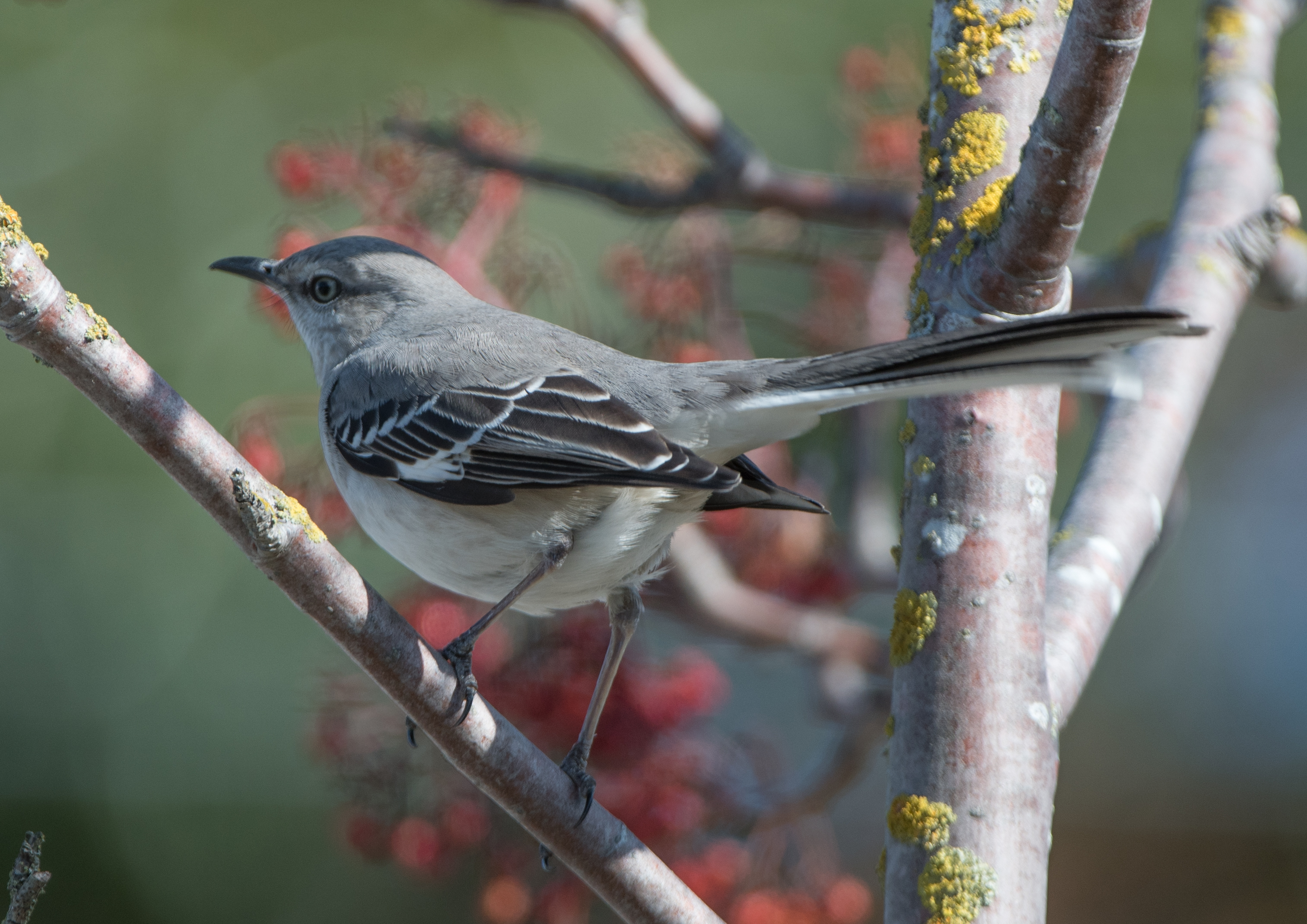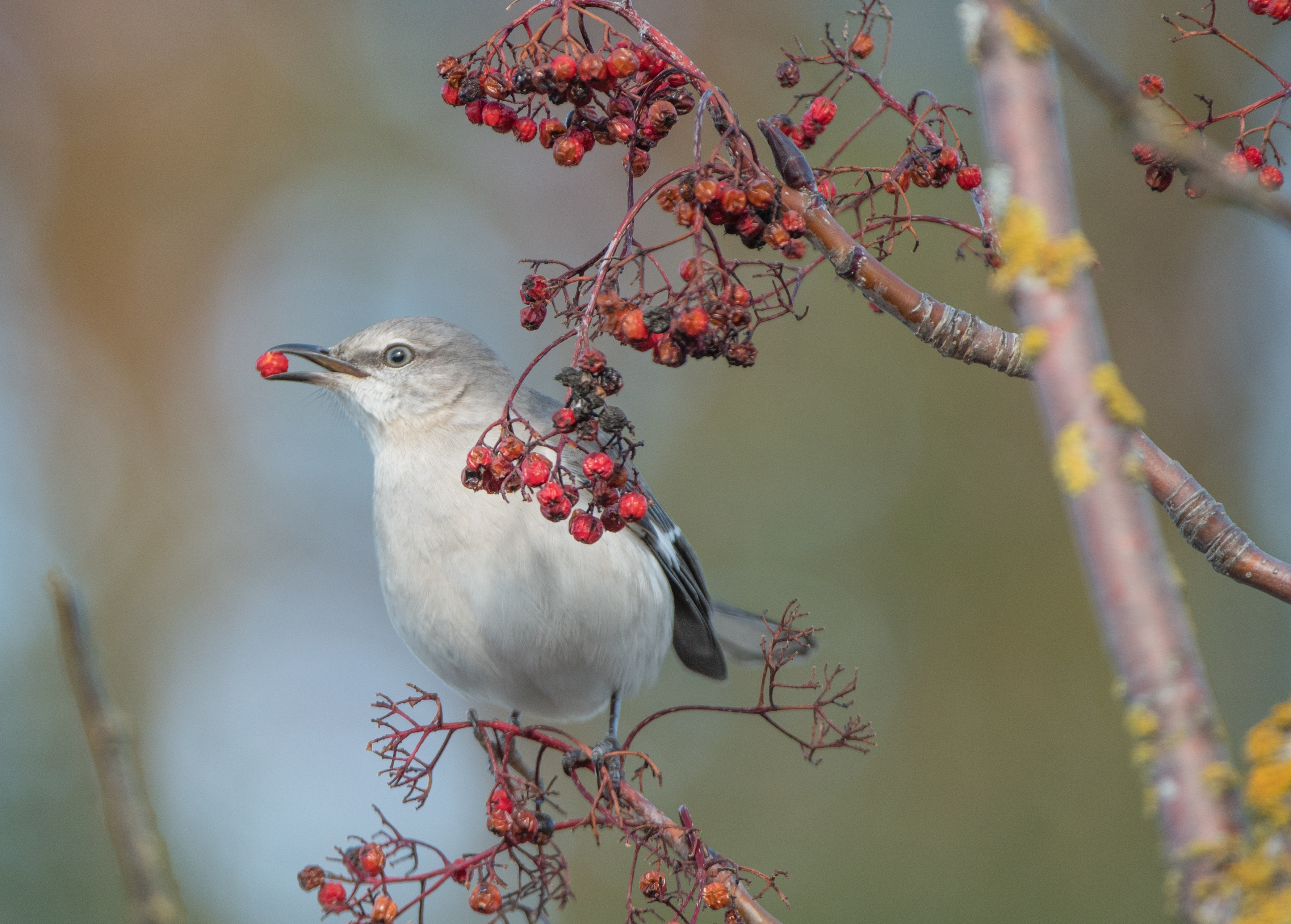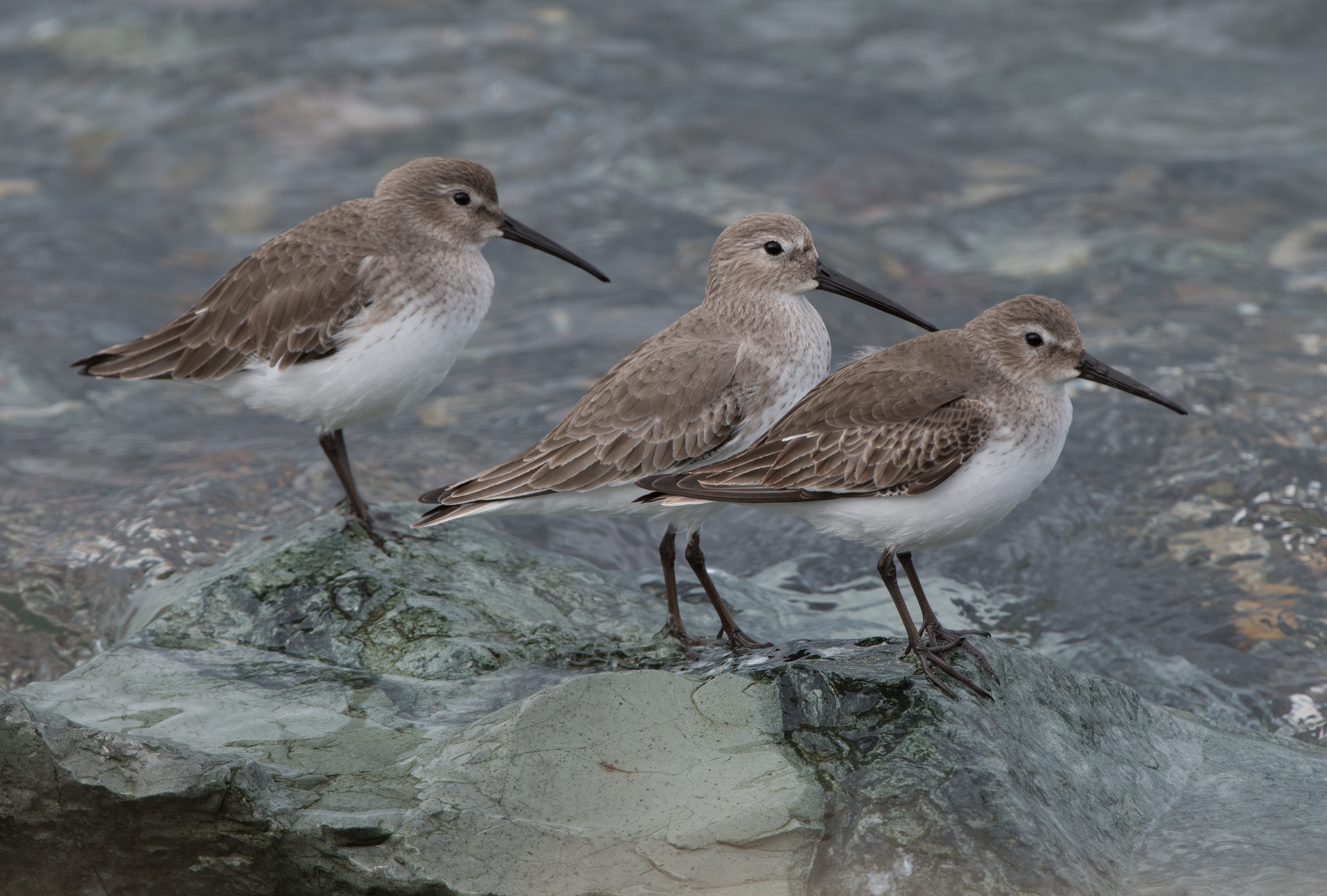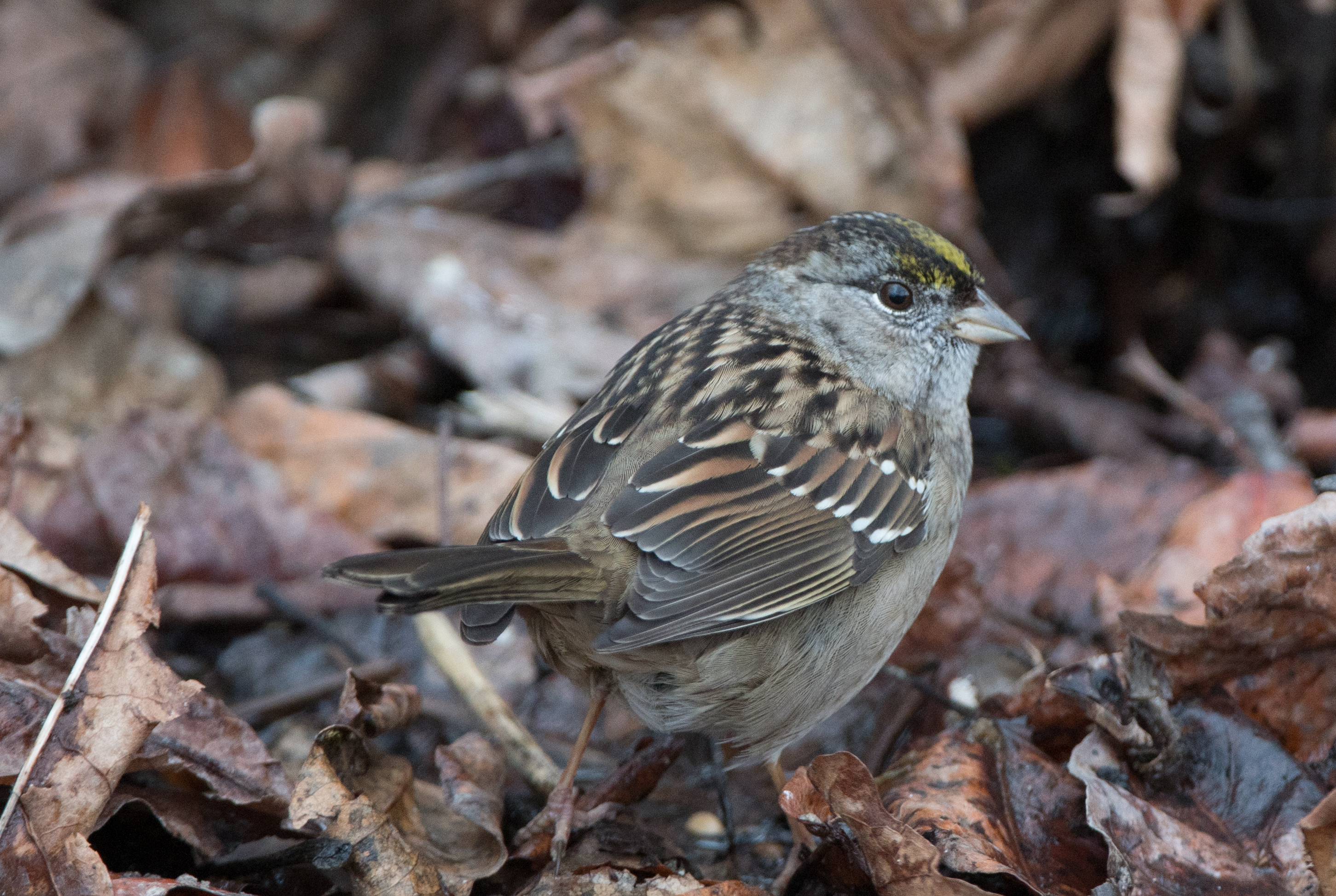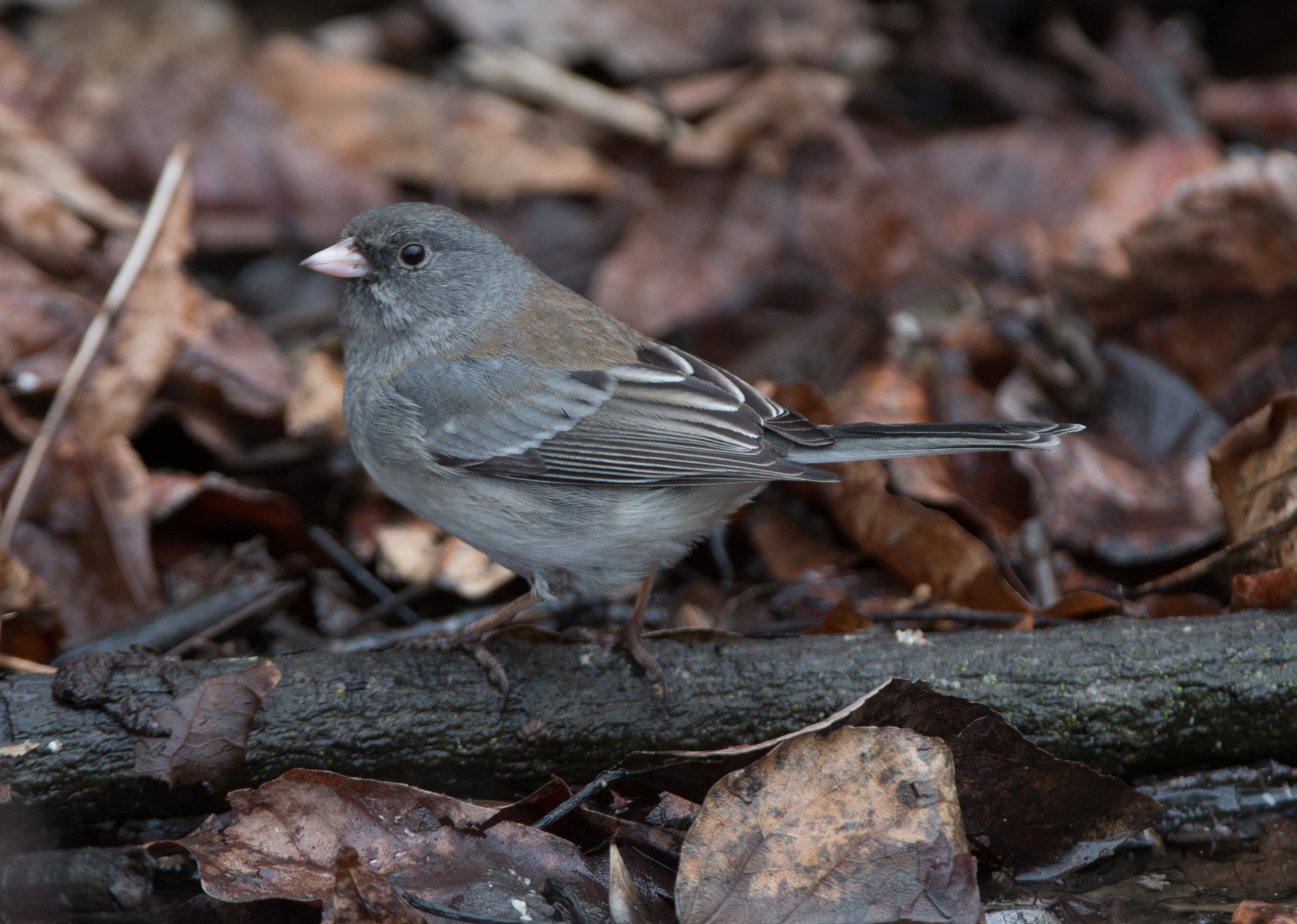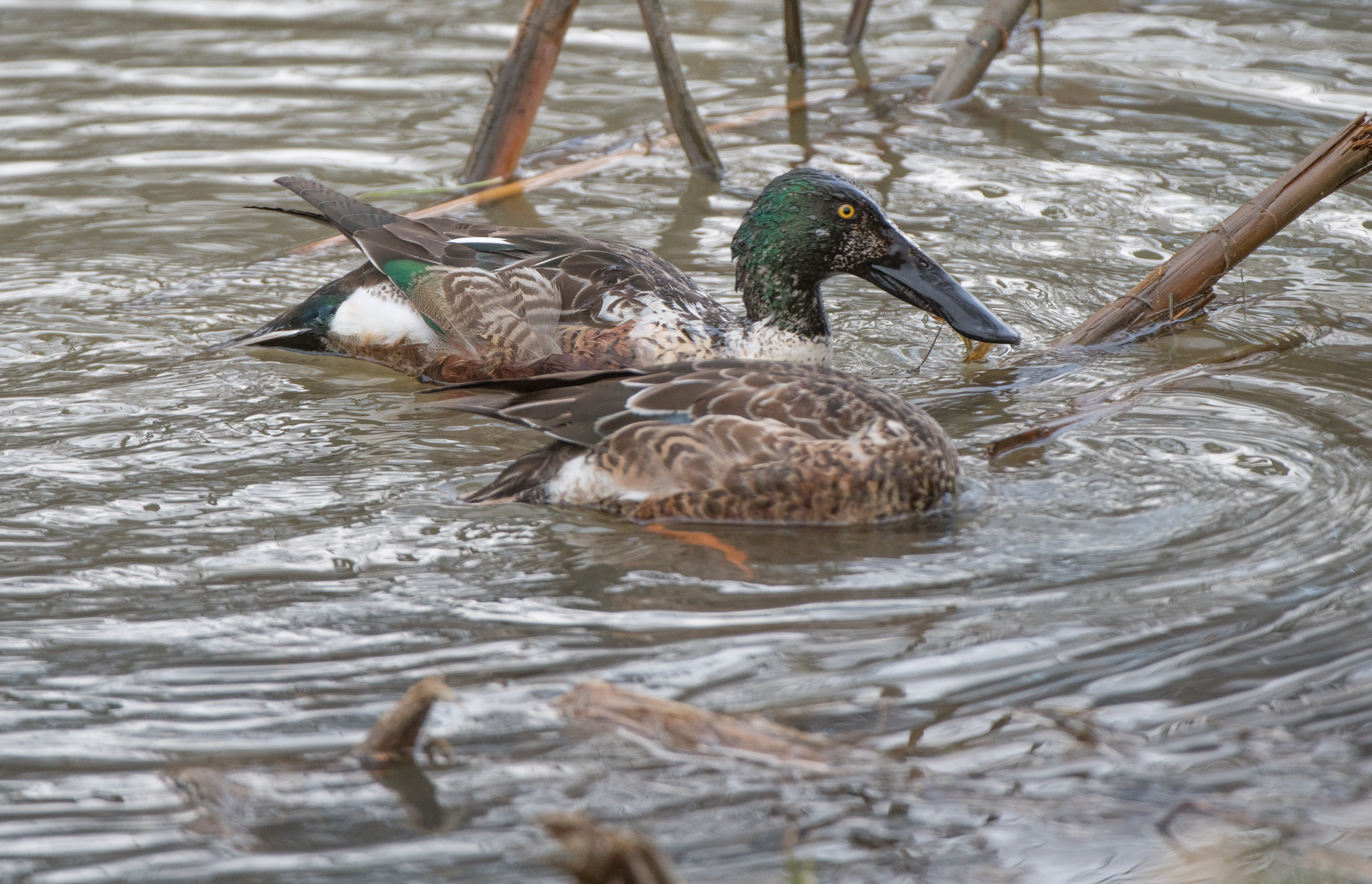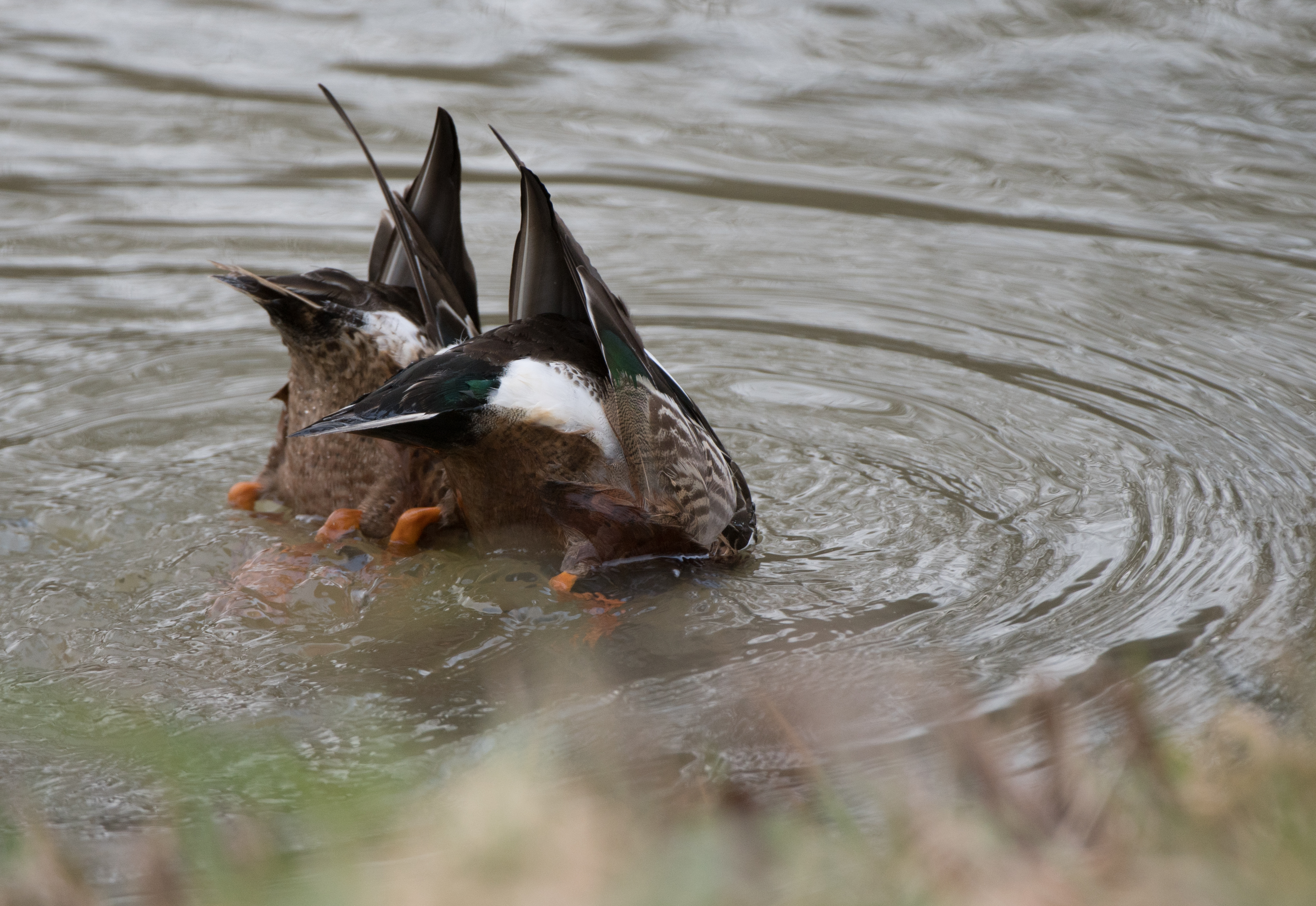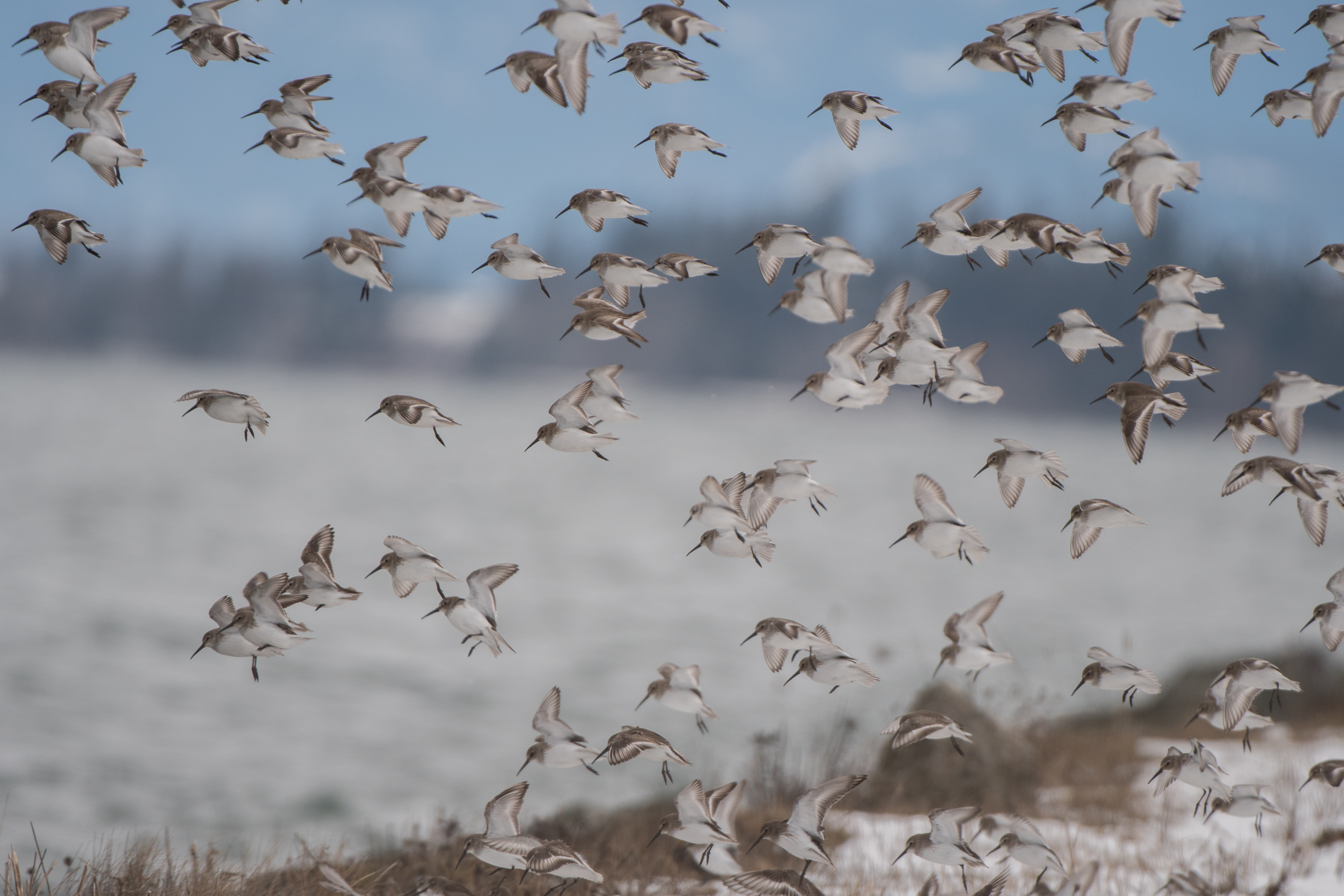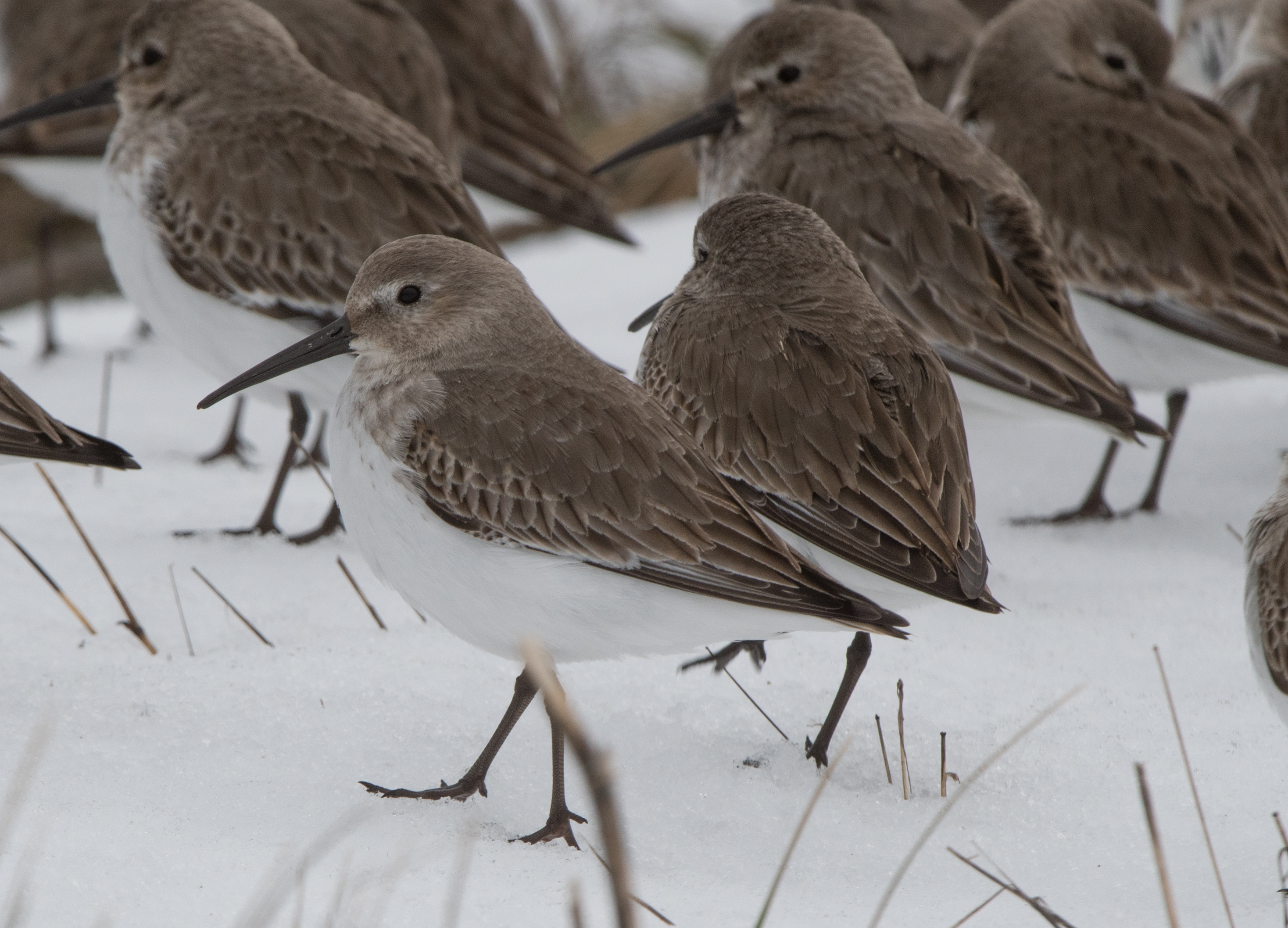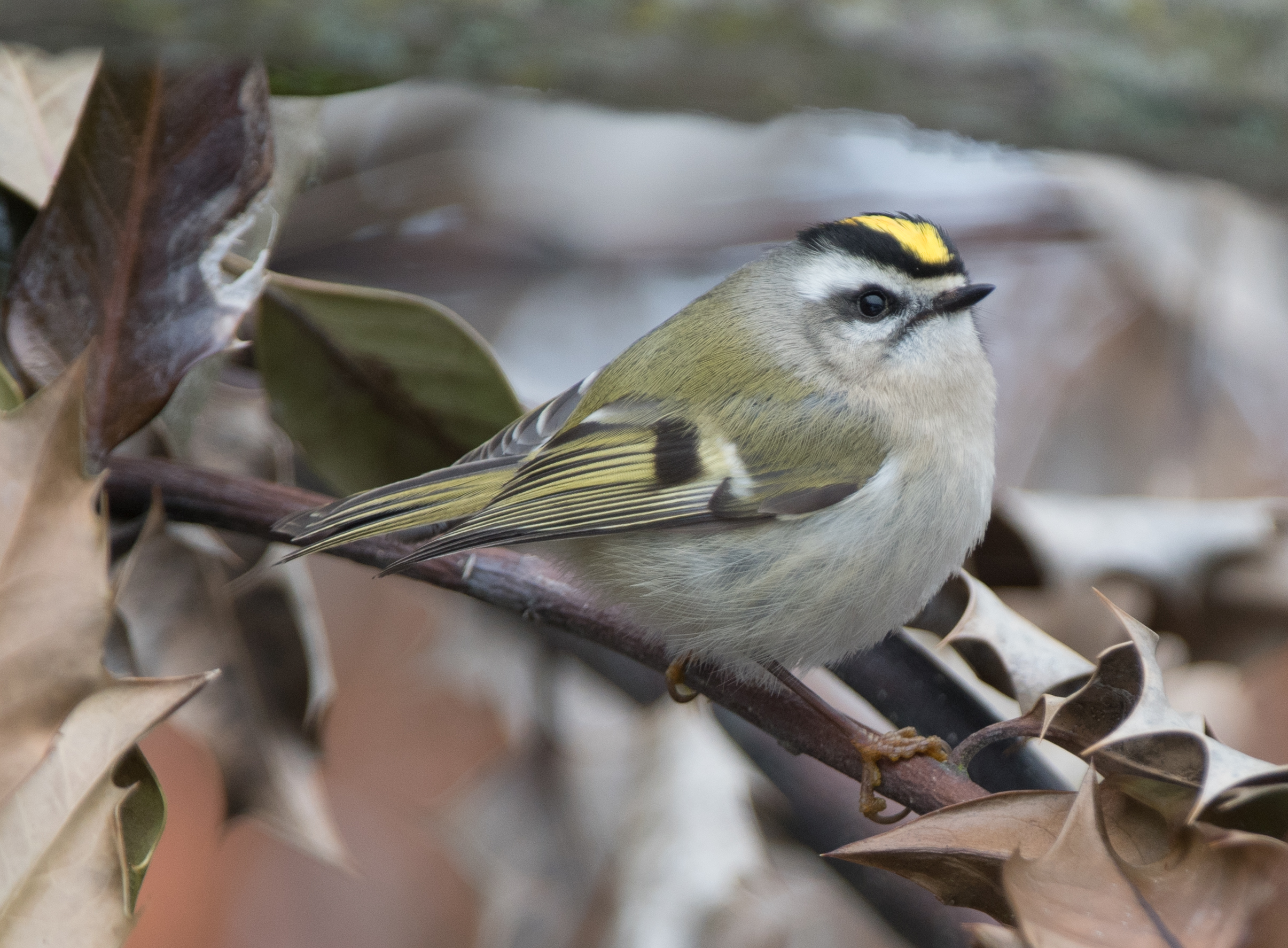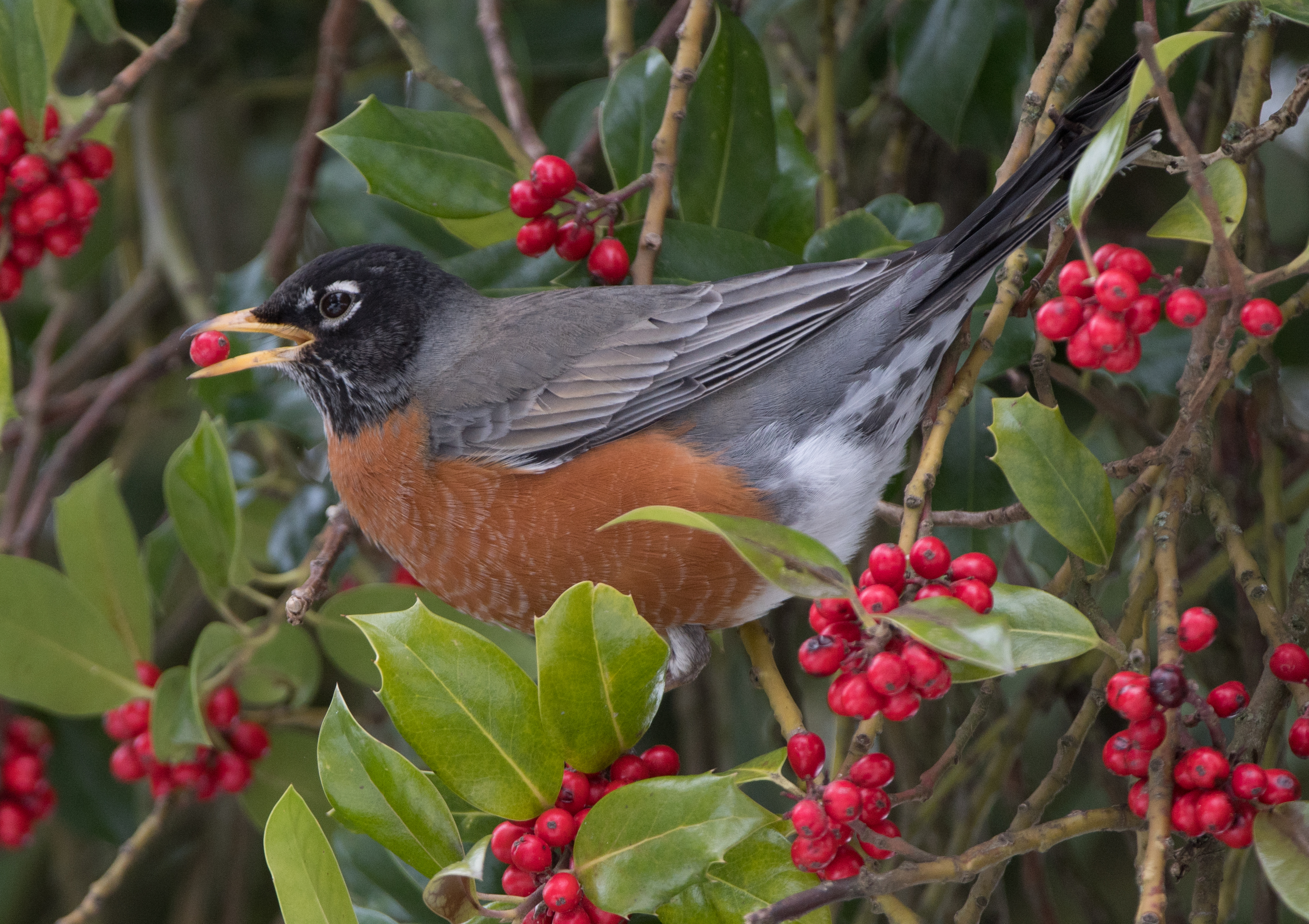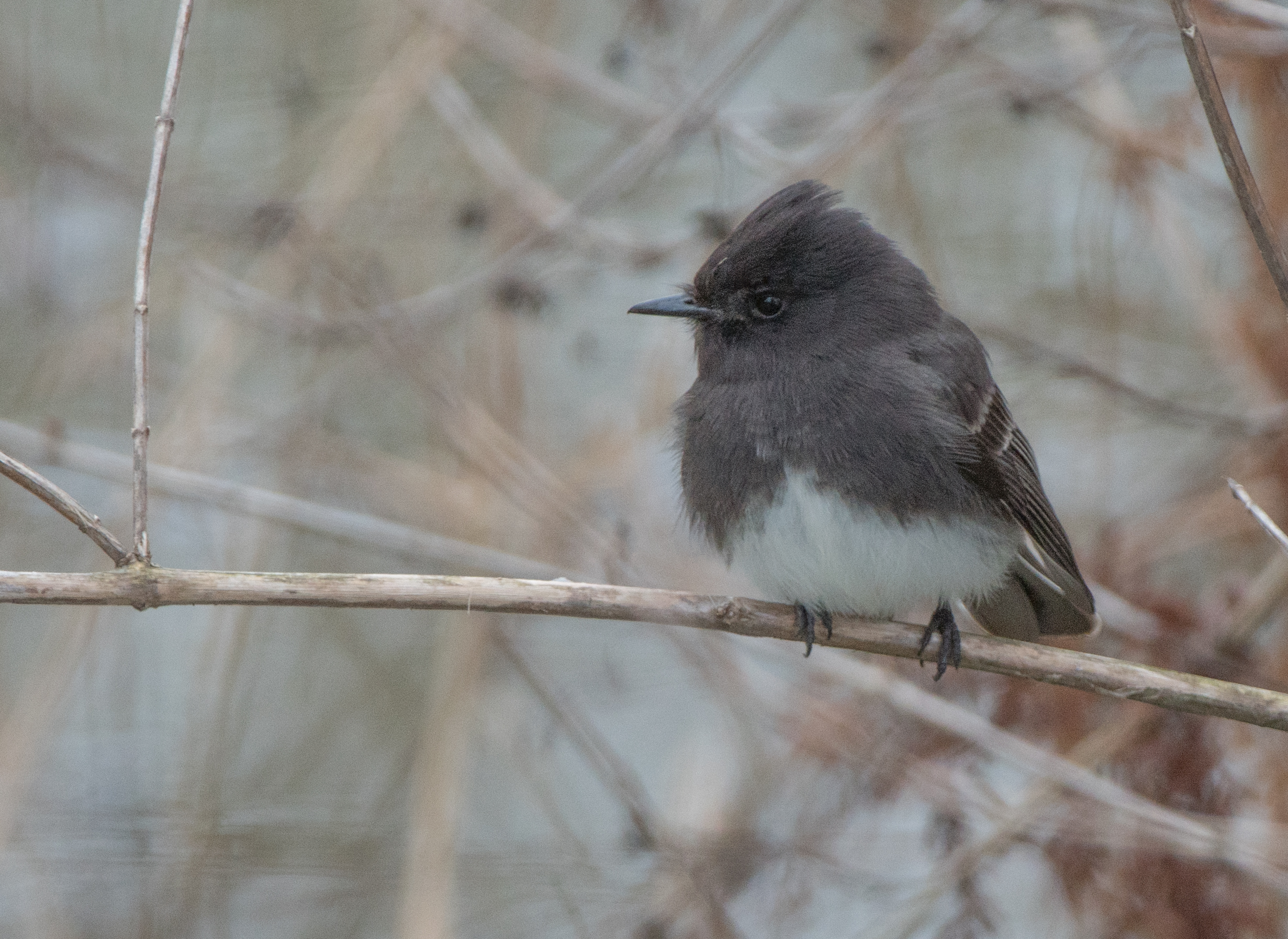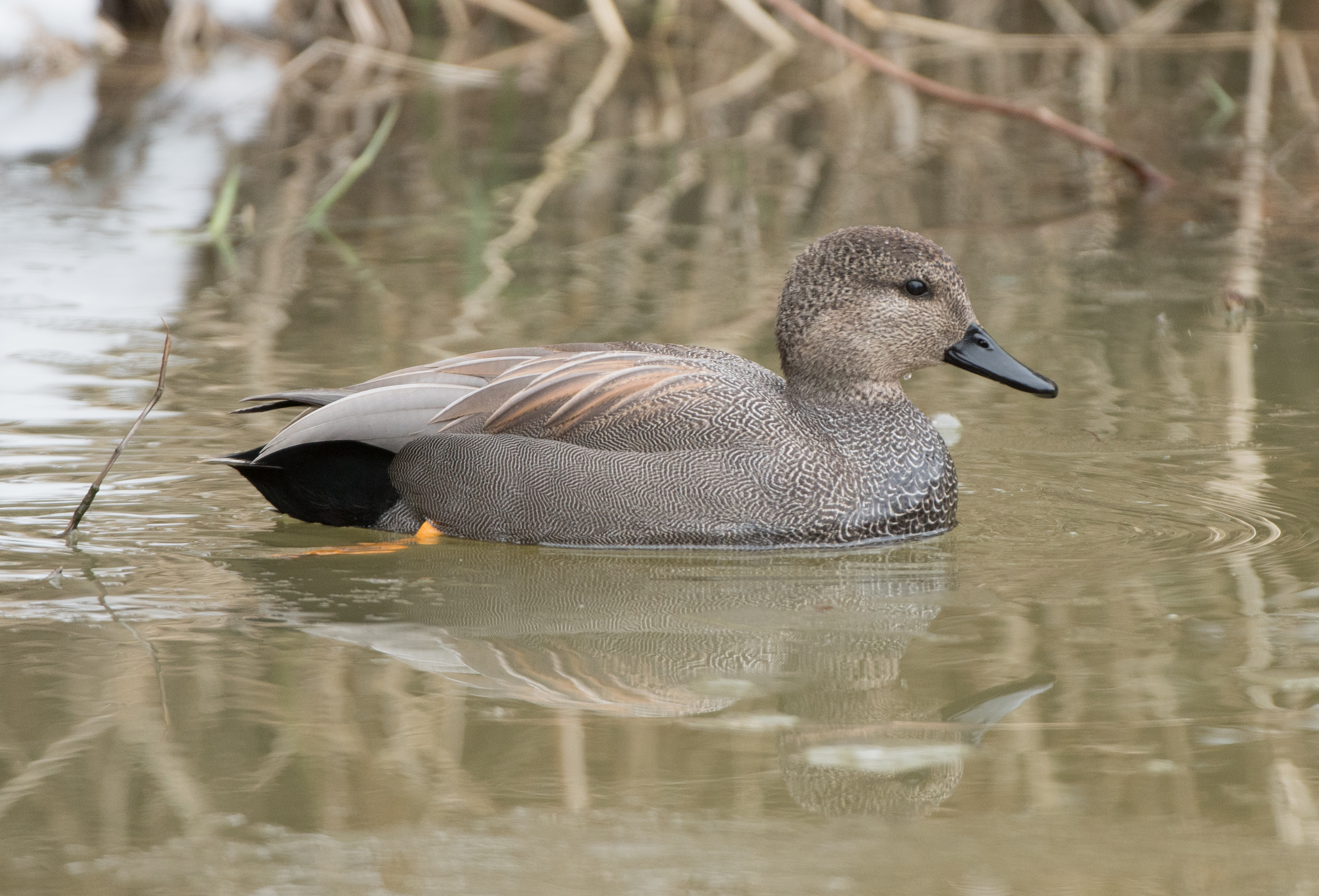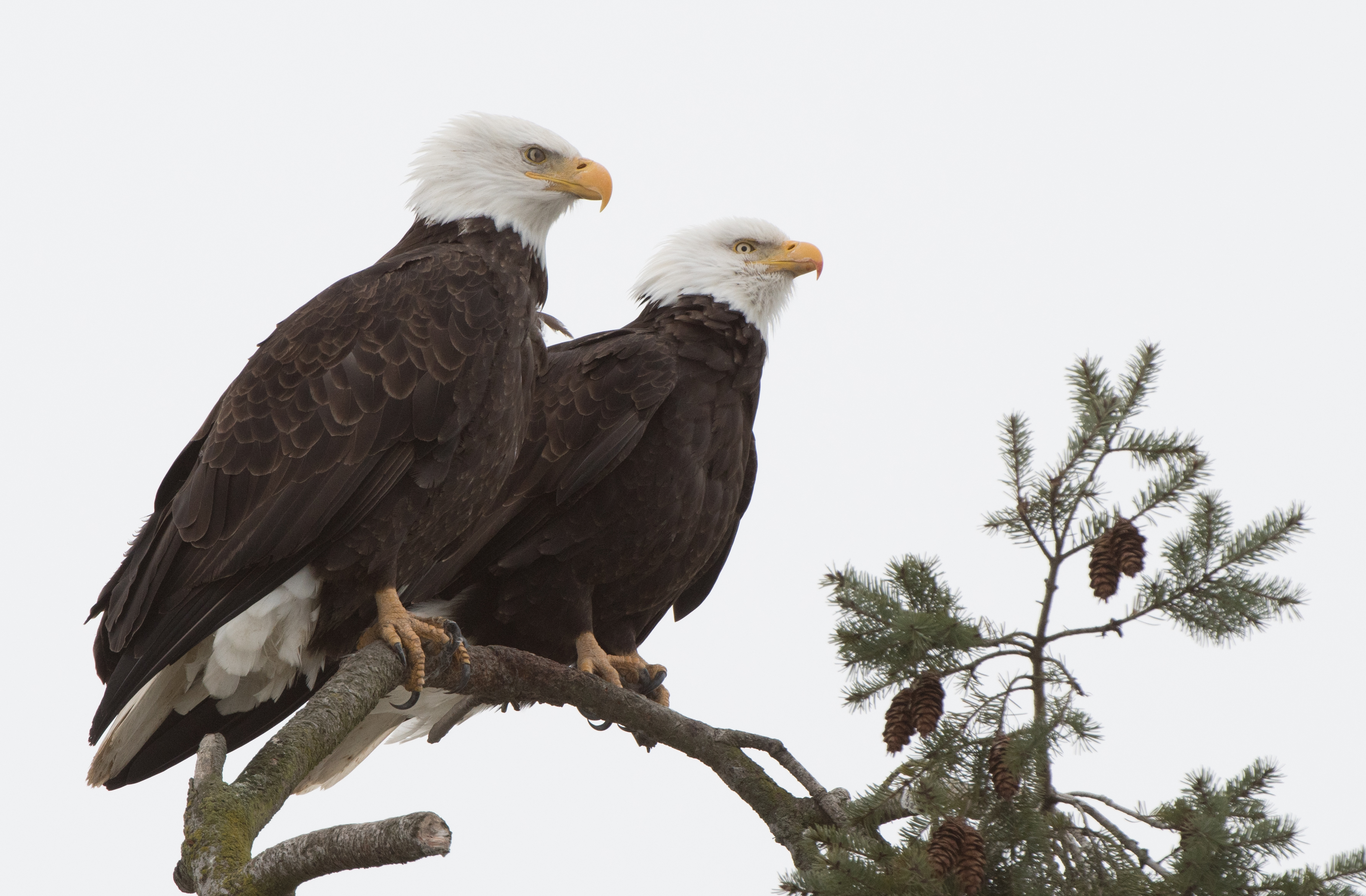From 3/7/2019: Bushtits are still coming to the suet and peanut feeders in large groups of 15-20 birds, but I’m also seeing a pair or two which have begun to pair for the breeding season. Pictured below are a male and female. I’ve addressed this previously… can you tell the difference?
From 3/8/2019: This first photo is a Golden-crowned sparrow. We have at least 4-5 that visit the yard on a daily basis. I suppose that this is a female, but sex can be difficult to determine in the winter. Males will soon begin developing a darker head and a brighter crown… just before they leave to breed further north.
One of the American robins discovered a worm on its way across the yard. The robin gave the worm a few tugs but it didn’t seem to be able to extract the worm from the ground.
From 3/8/2019: I managed photos of two of the birds I find more difficult to photograph… this Red-breasted nuthatch, which I managed to photograph while it was waiting its turn on the suet feeder.
And I managed to photograph another difficult to photograph bird between its trips to the same suet feeder… a Bewick’s wren. The wrens are typically moving quickly among the leaves at the bottoms of bushes and provide little opportunity for a clear, unobstructed photo. .
From 3/9/2019: My final two photos are of a pair of Varied thrushes, which I’ve had a difficult time photographing despite spending a considerable amount of time in the effort. These birds will spend a long length of time perched back in the leaves and watching the yard while I have to entertain myself trying to photograph some of the more common birds. The female thrush is pictured first and the male below.

